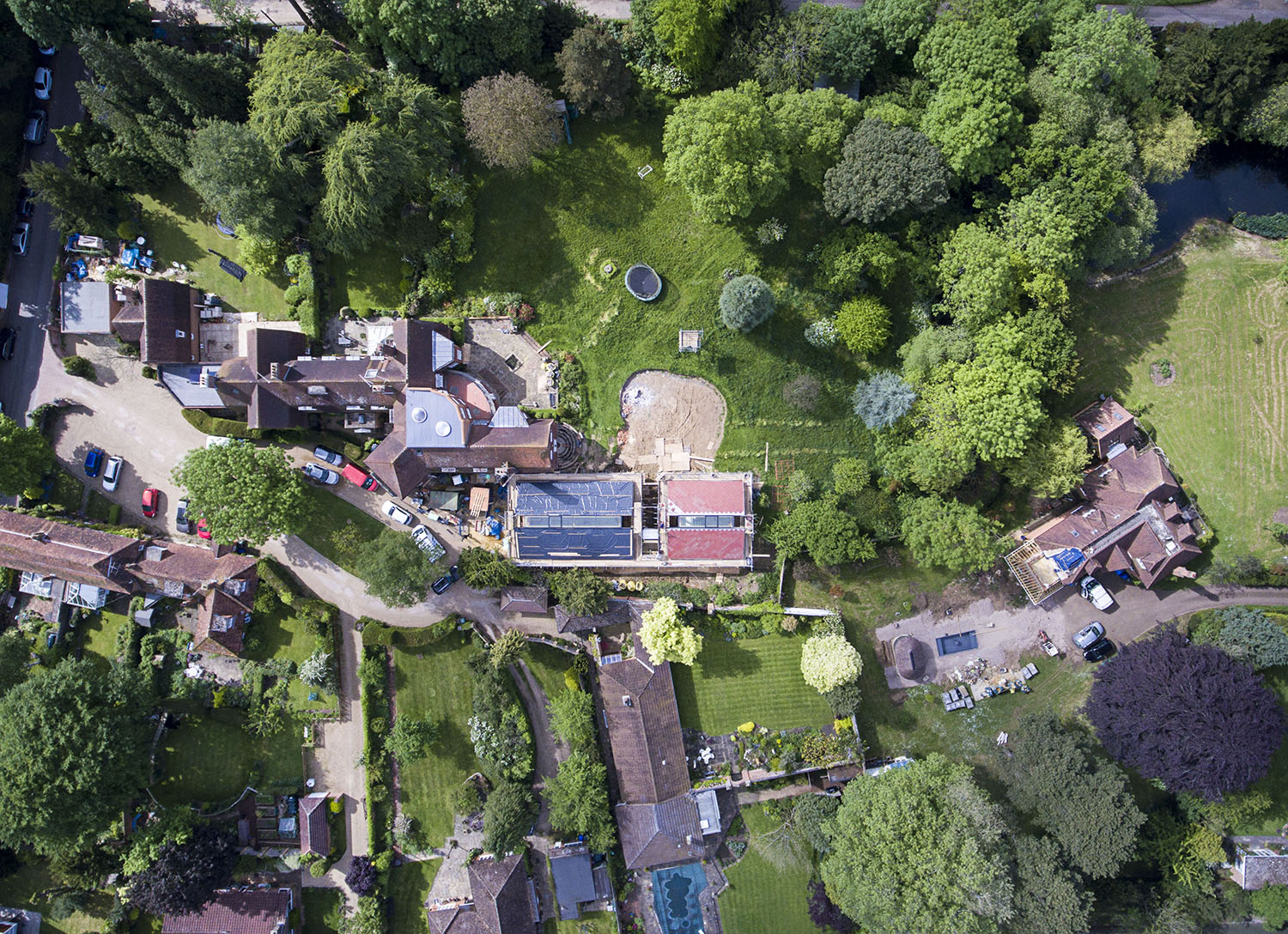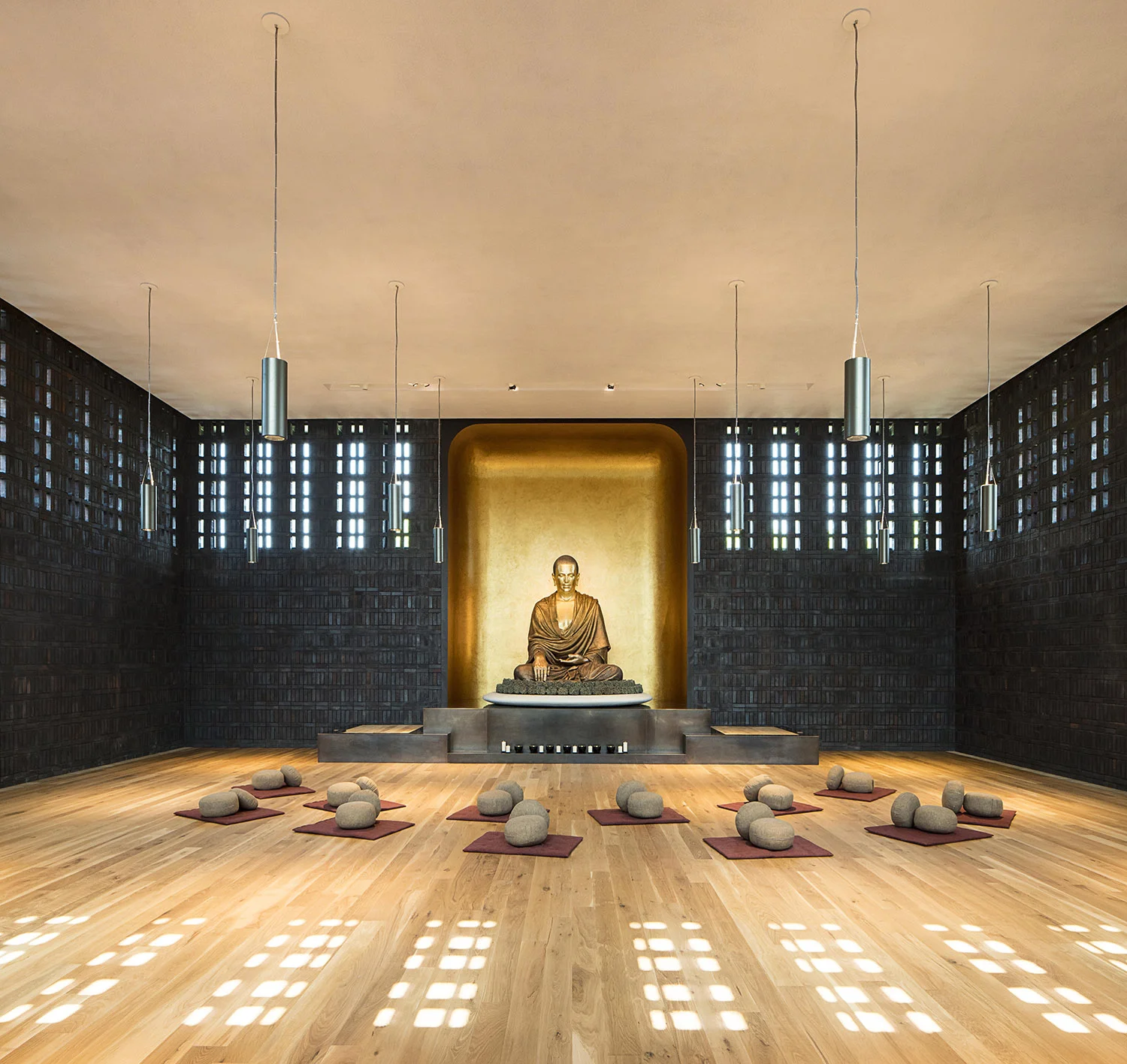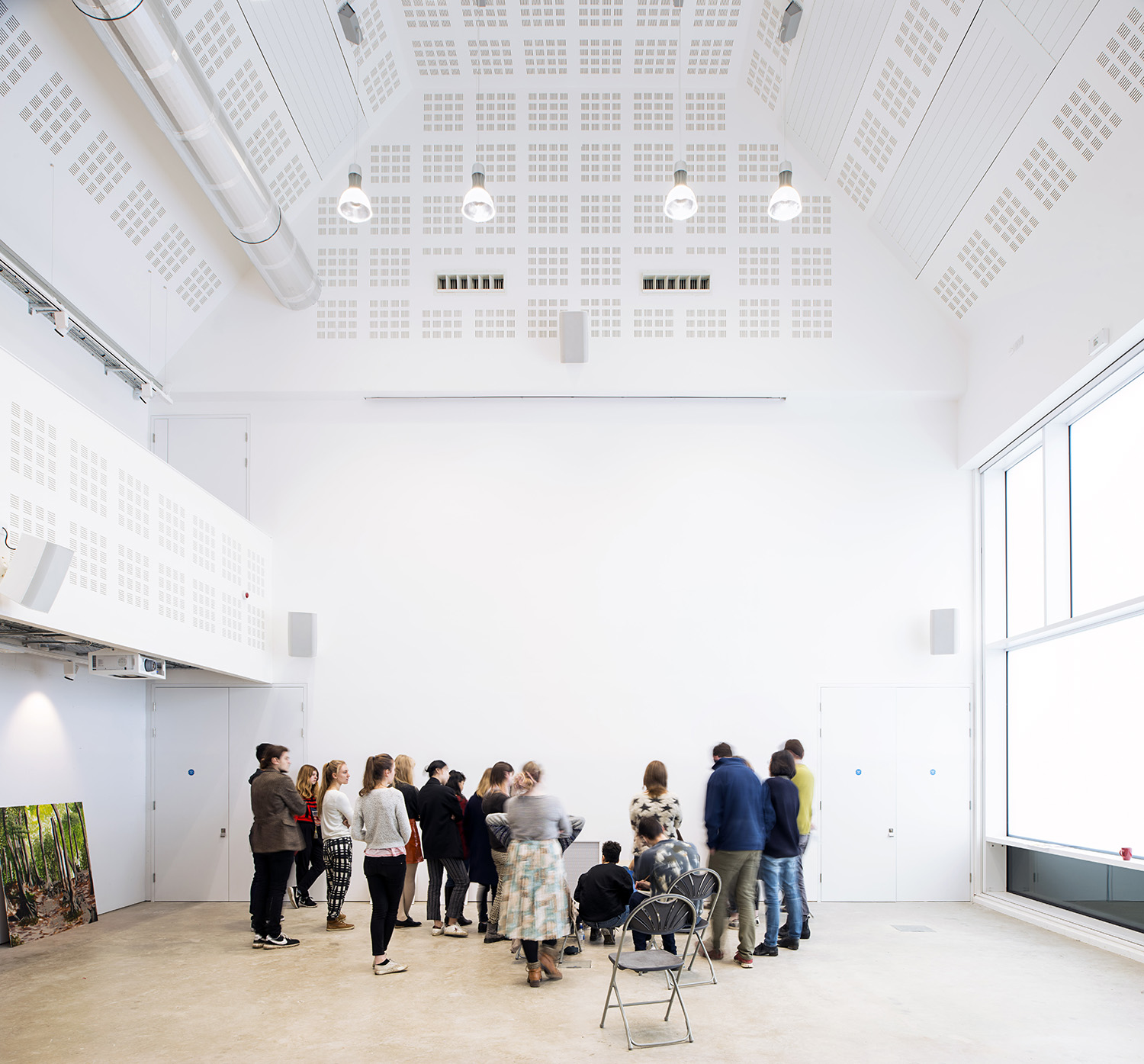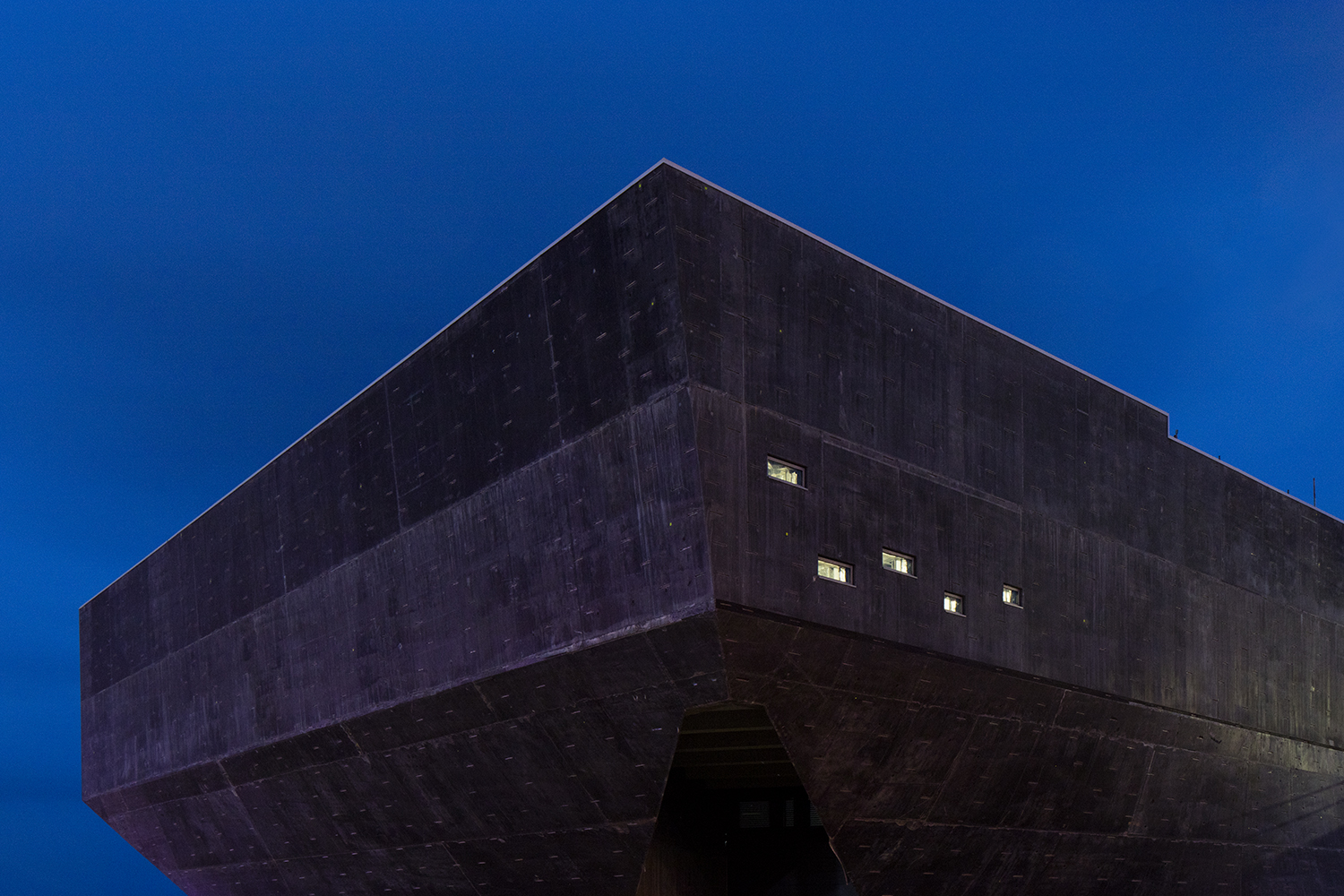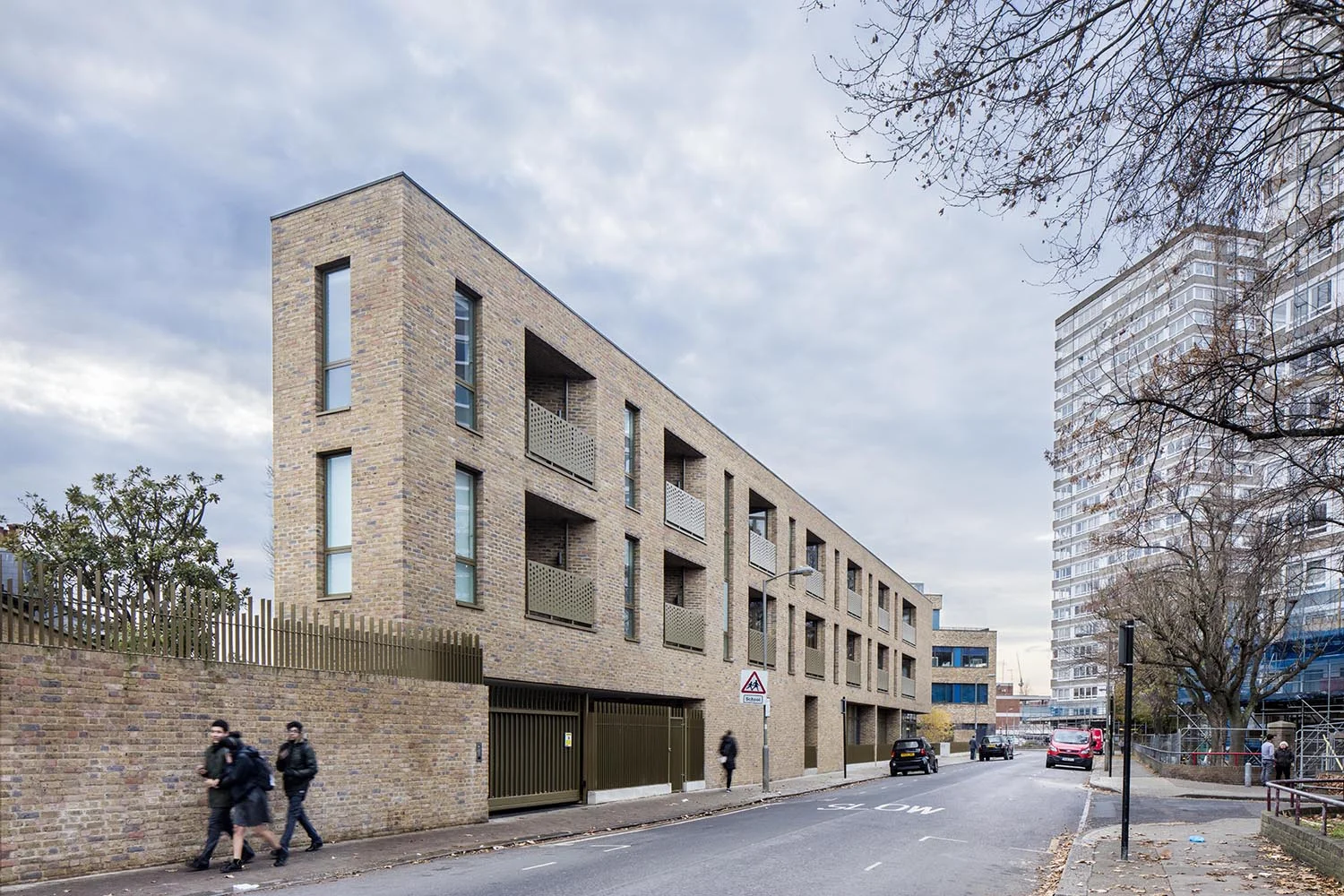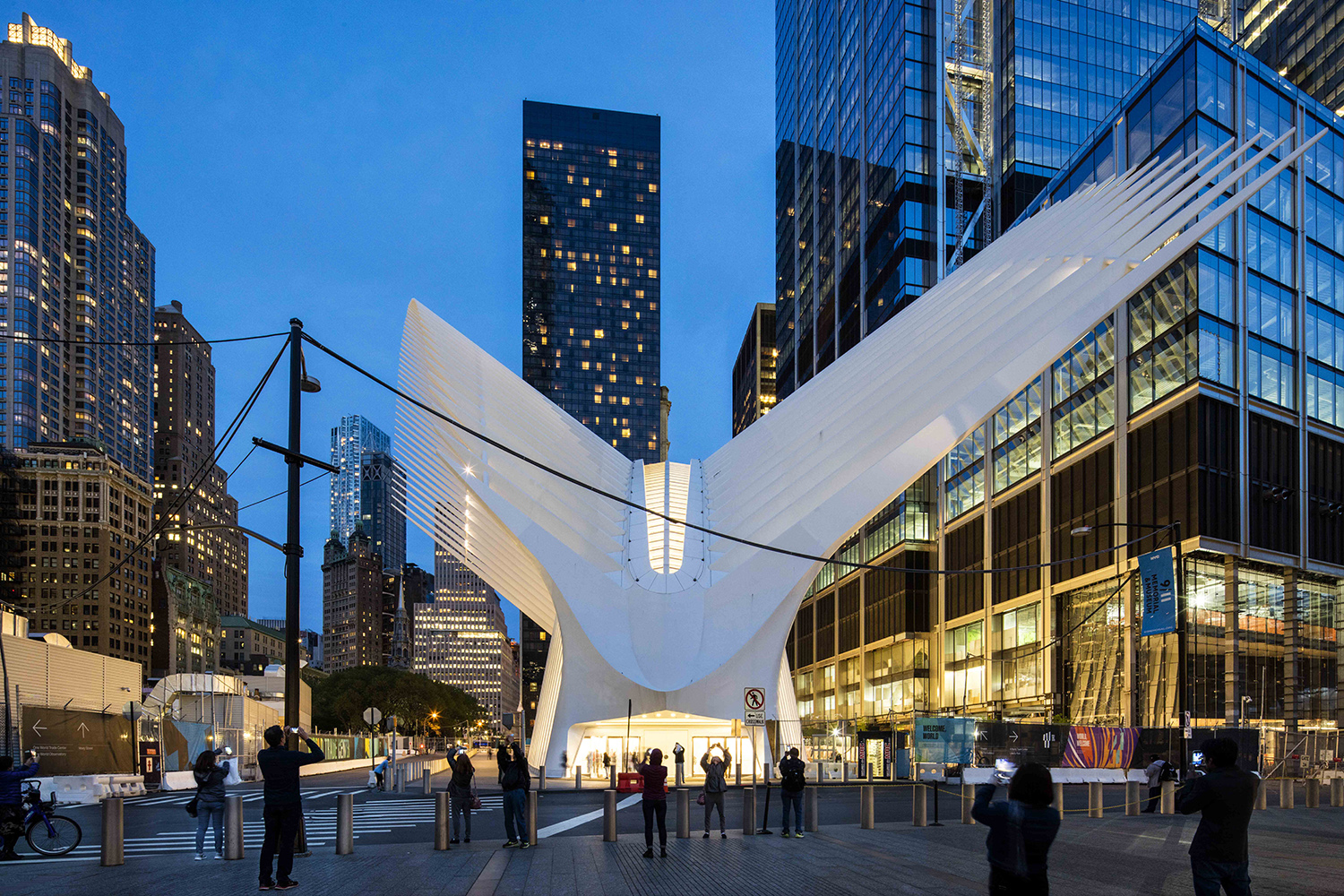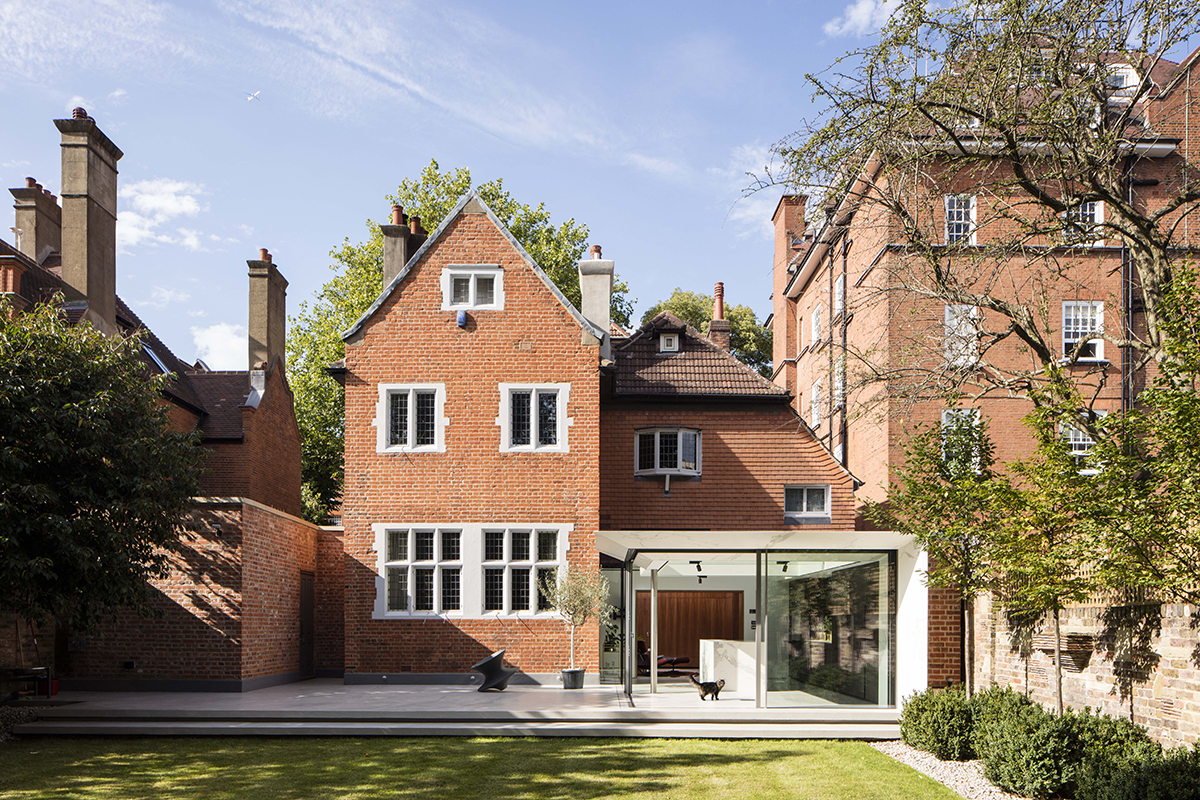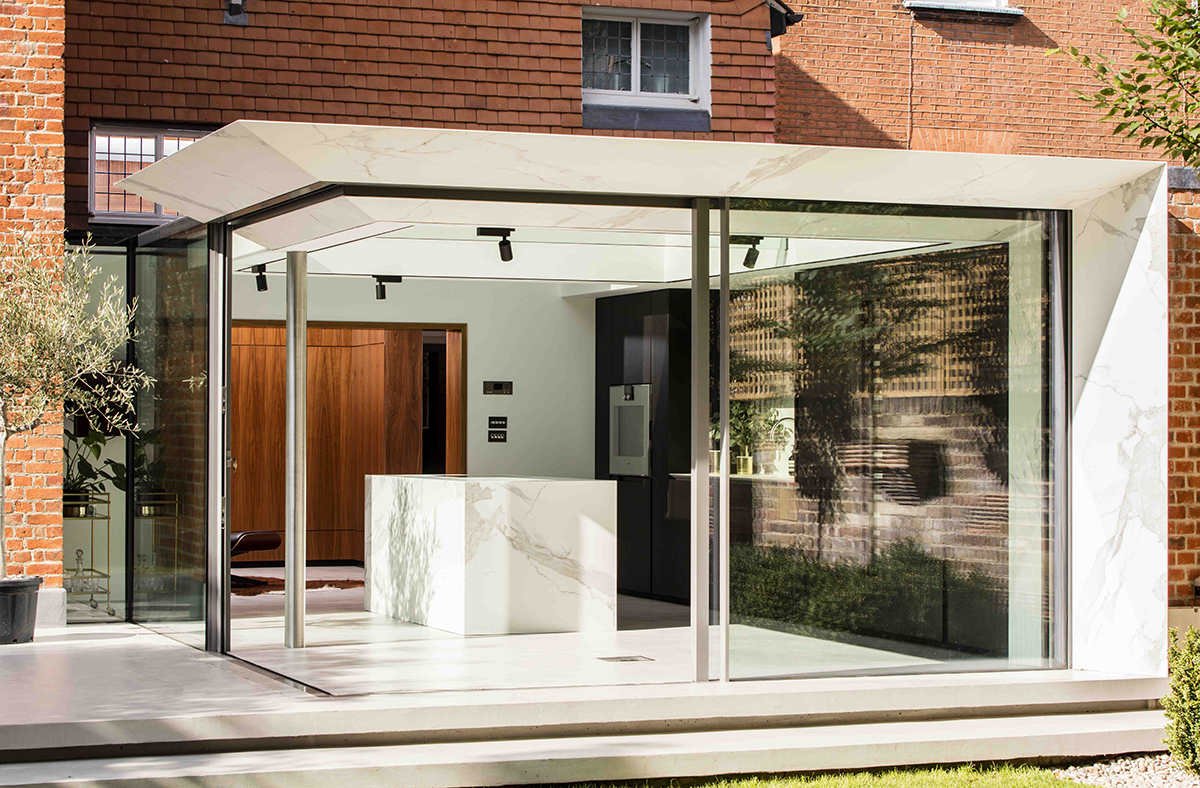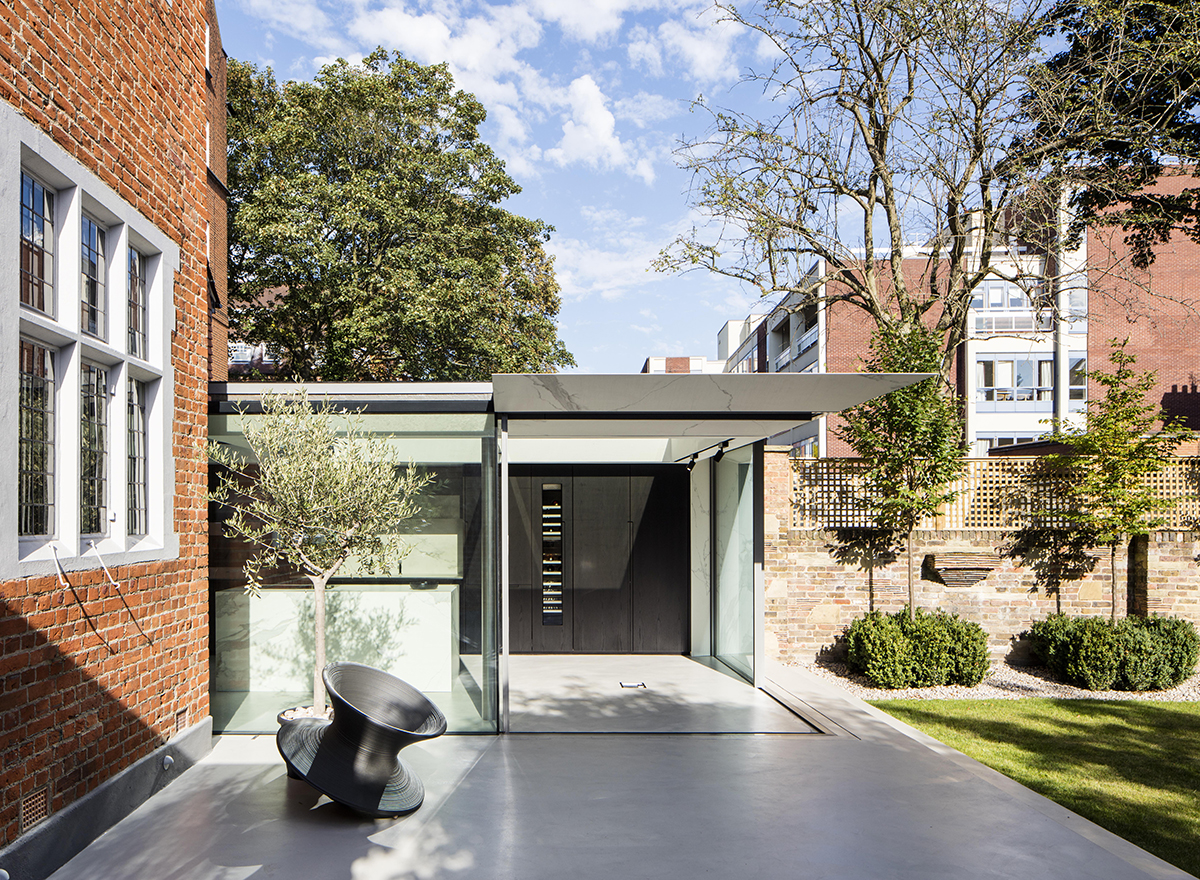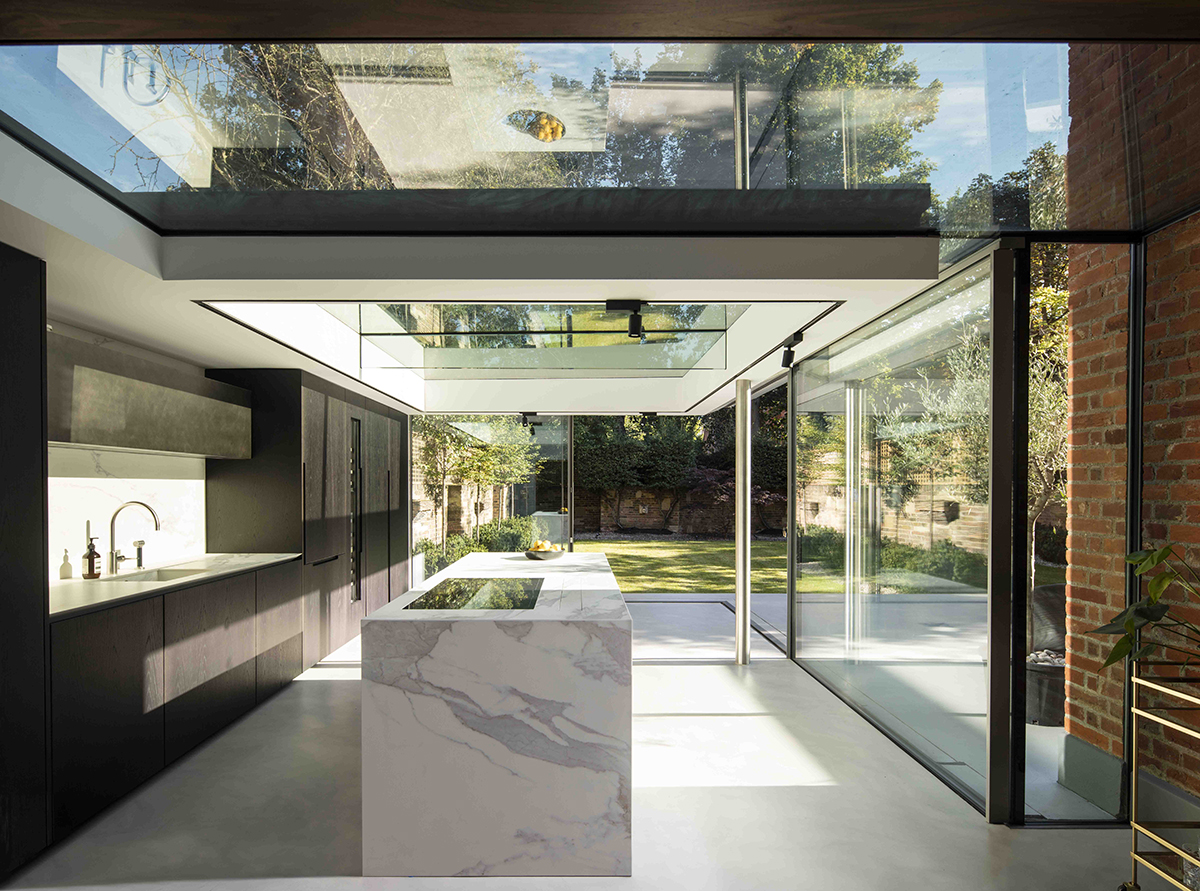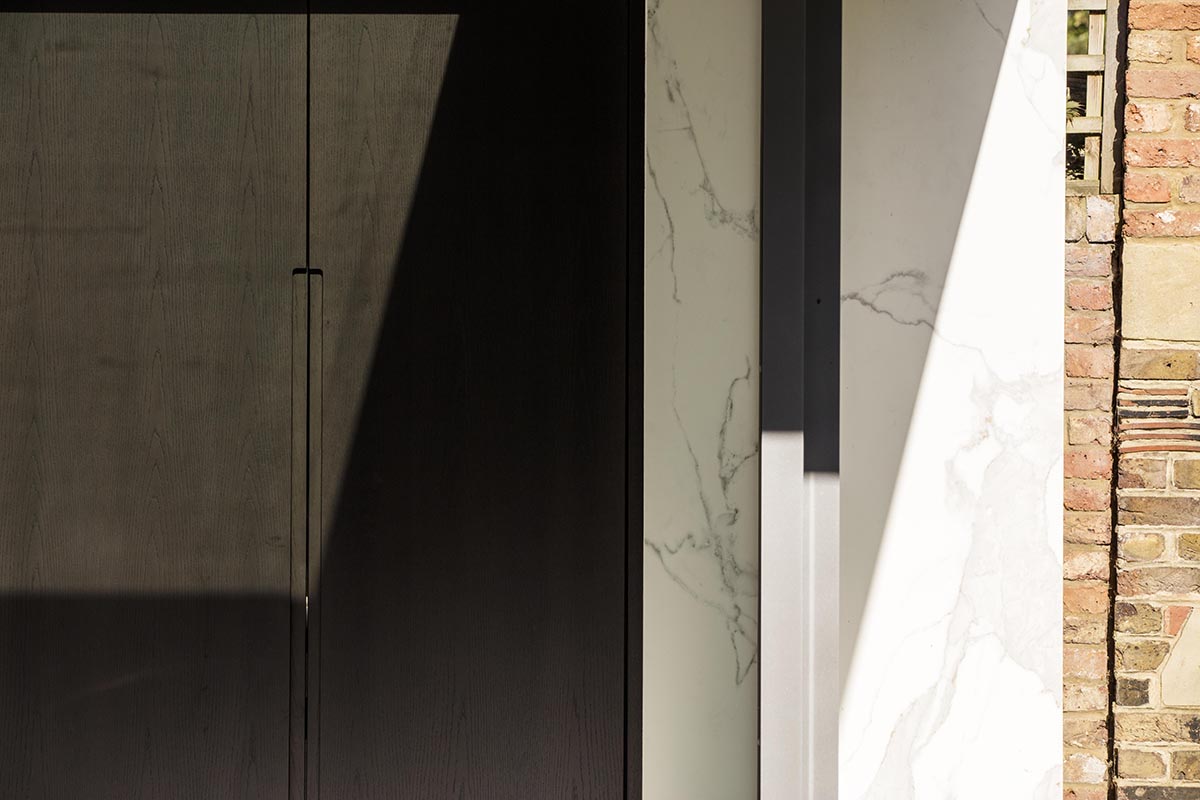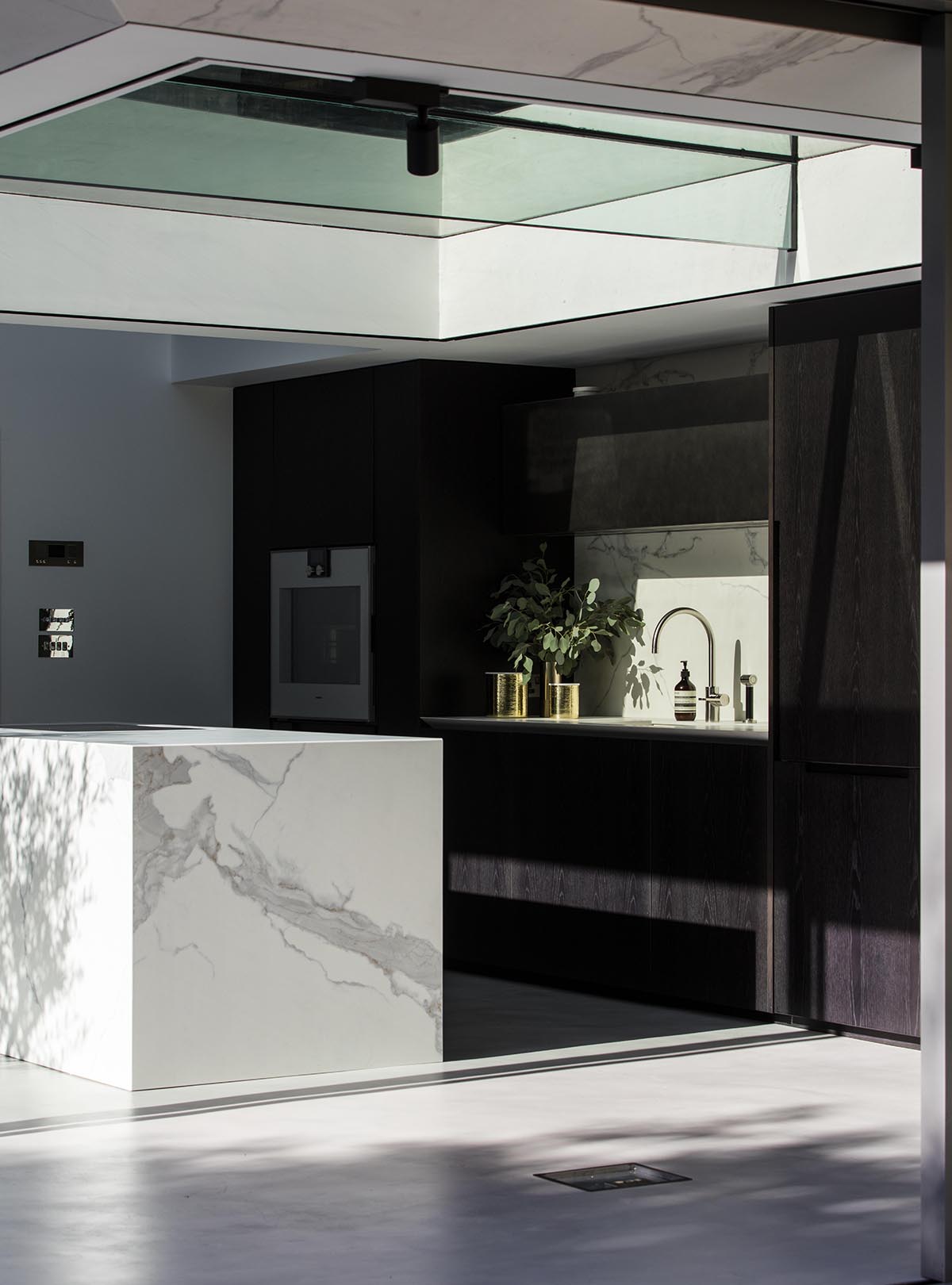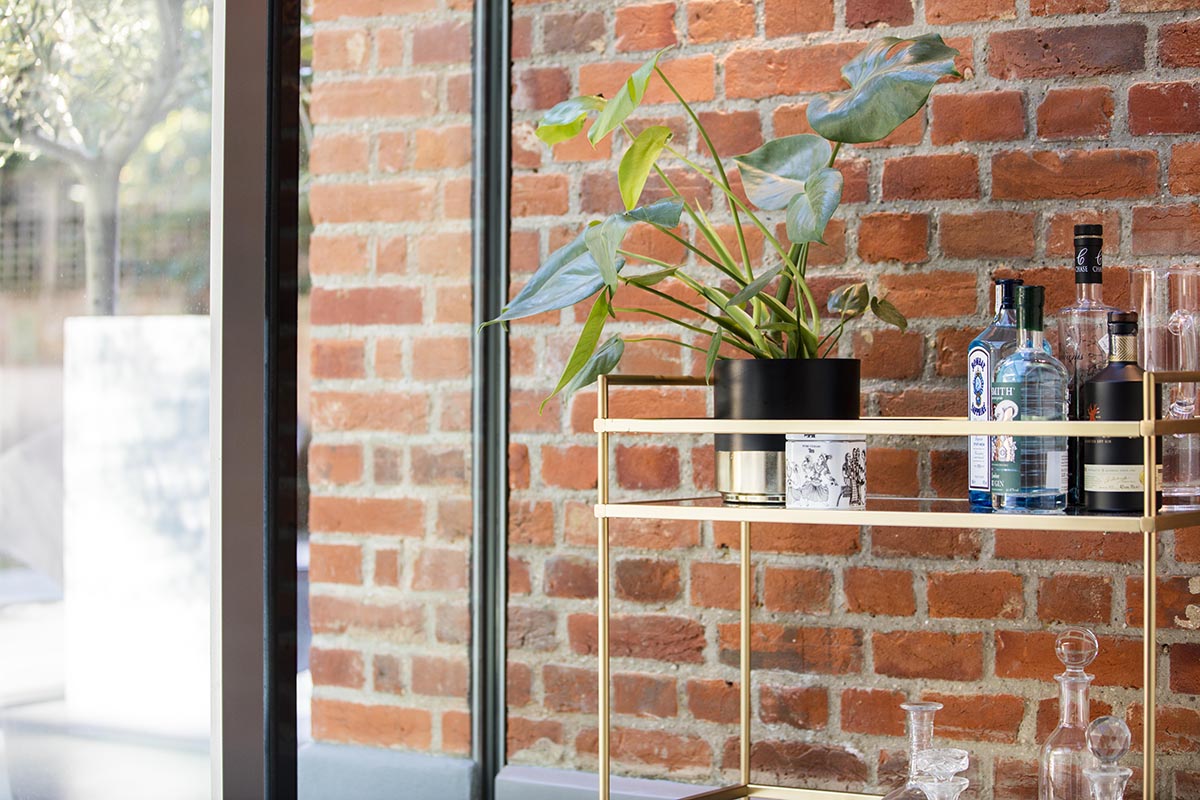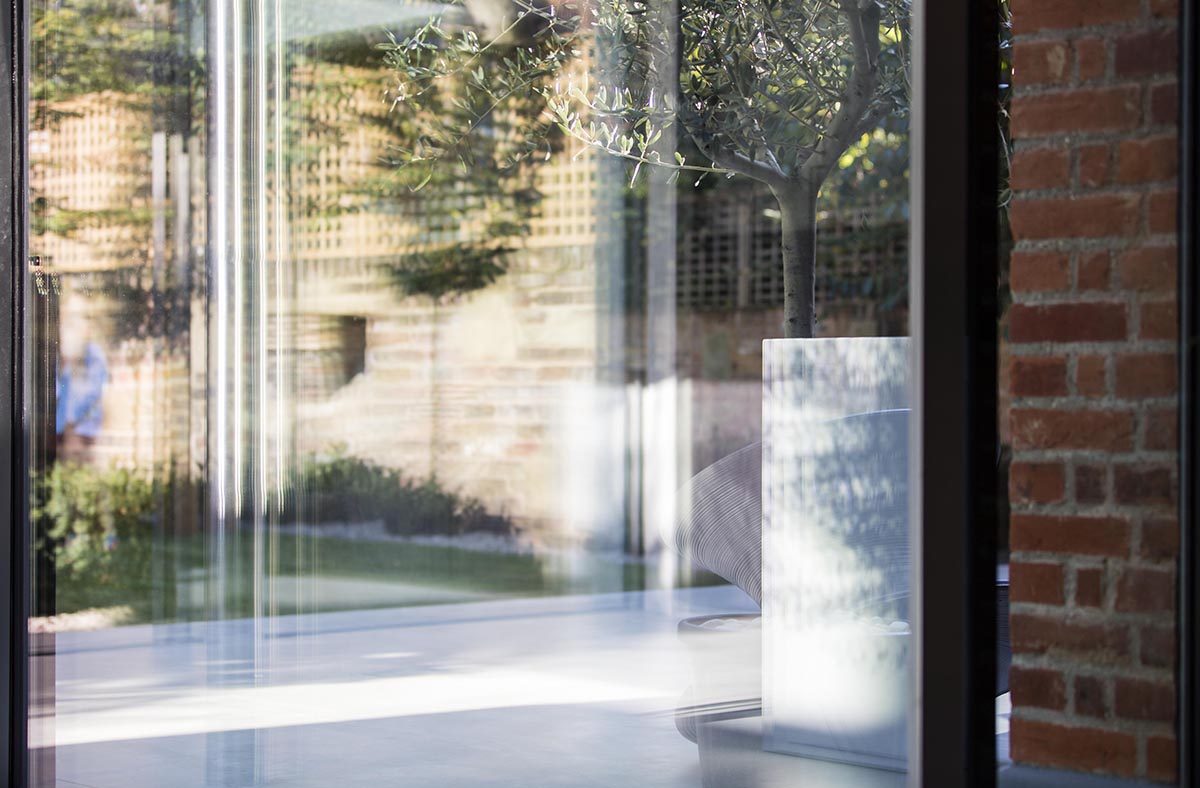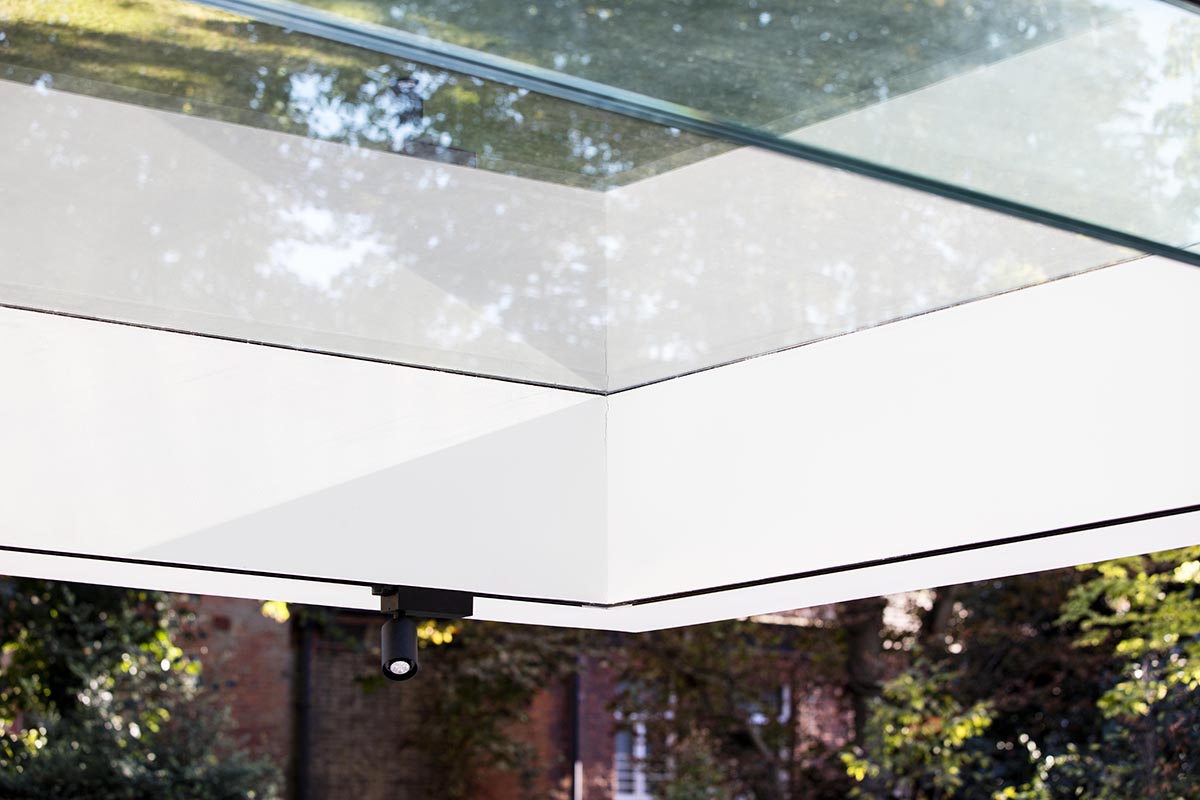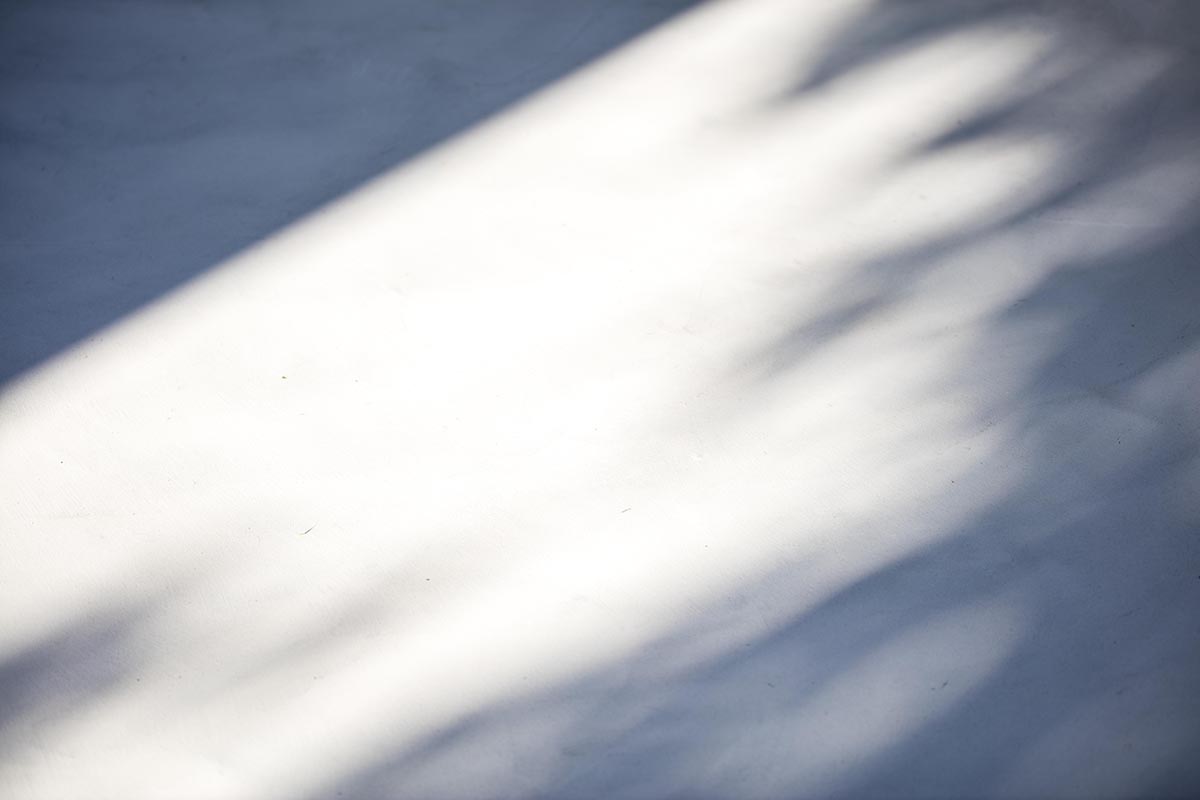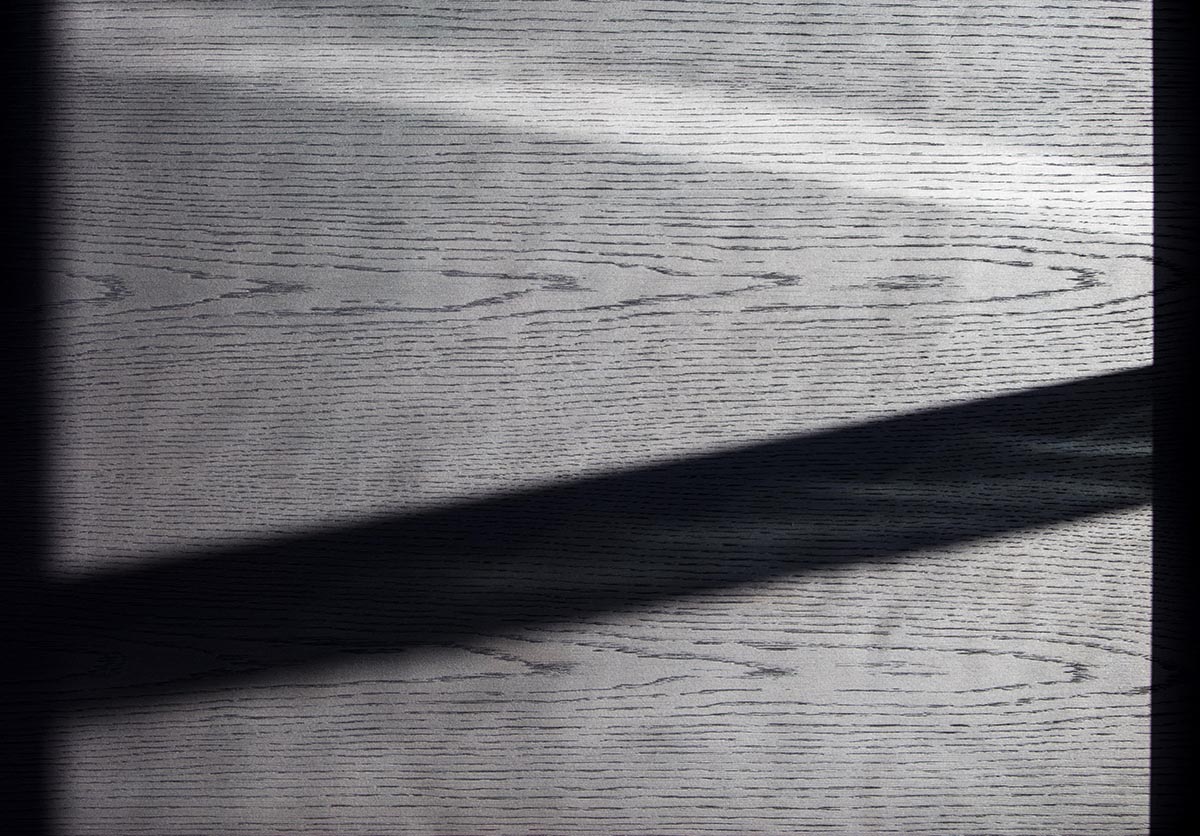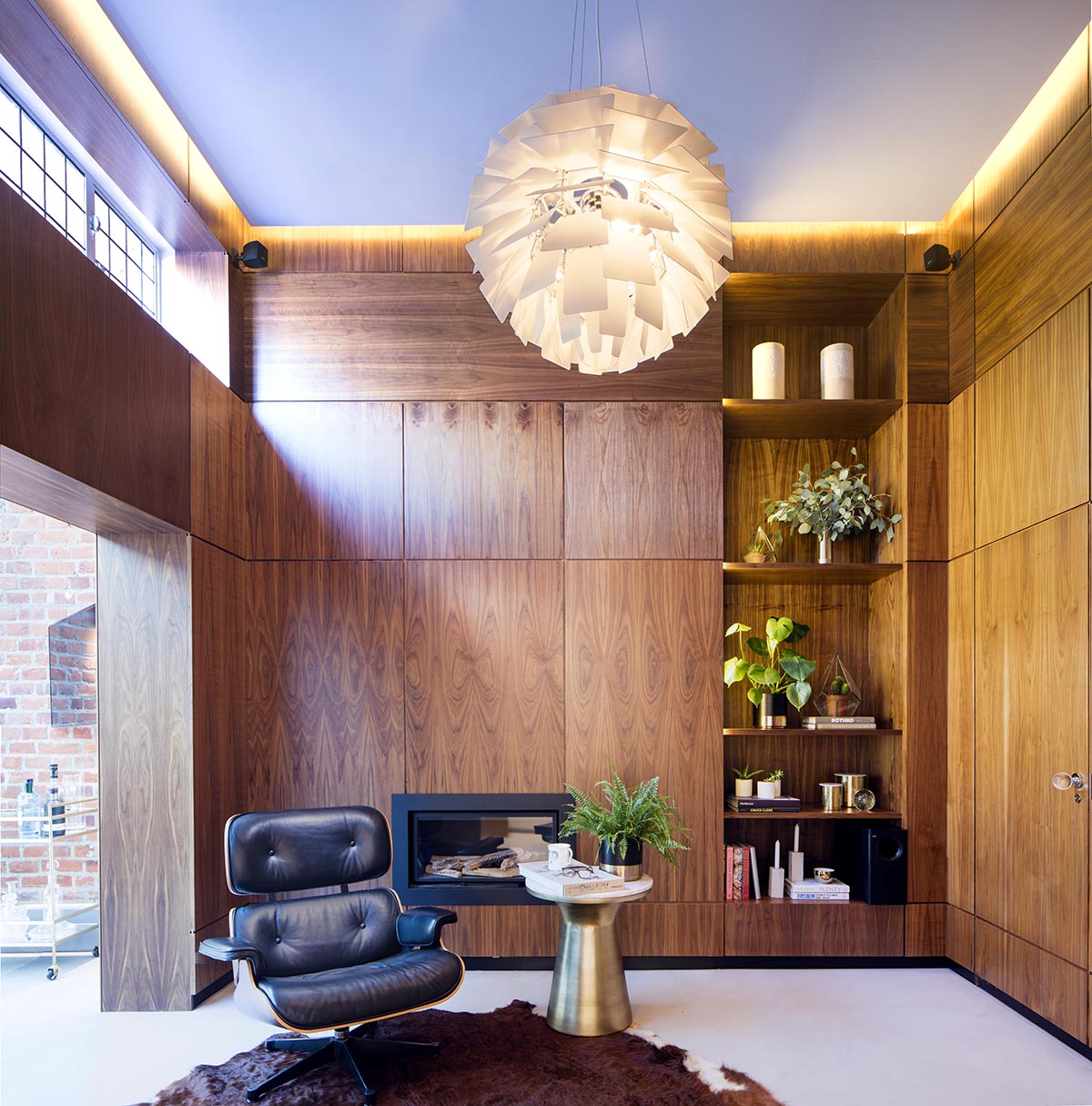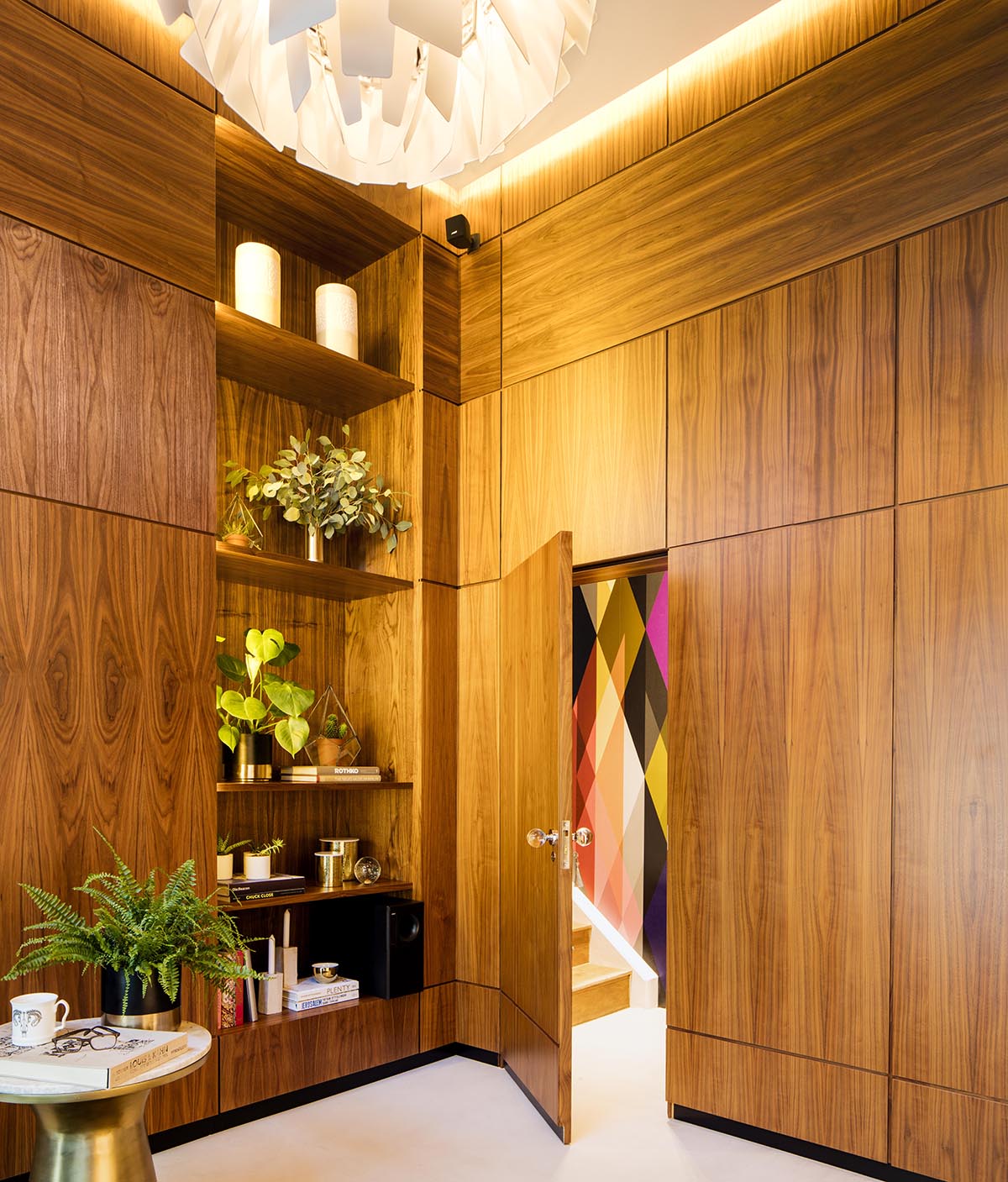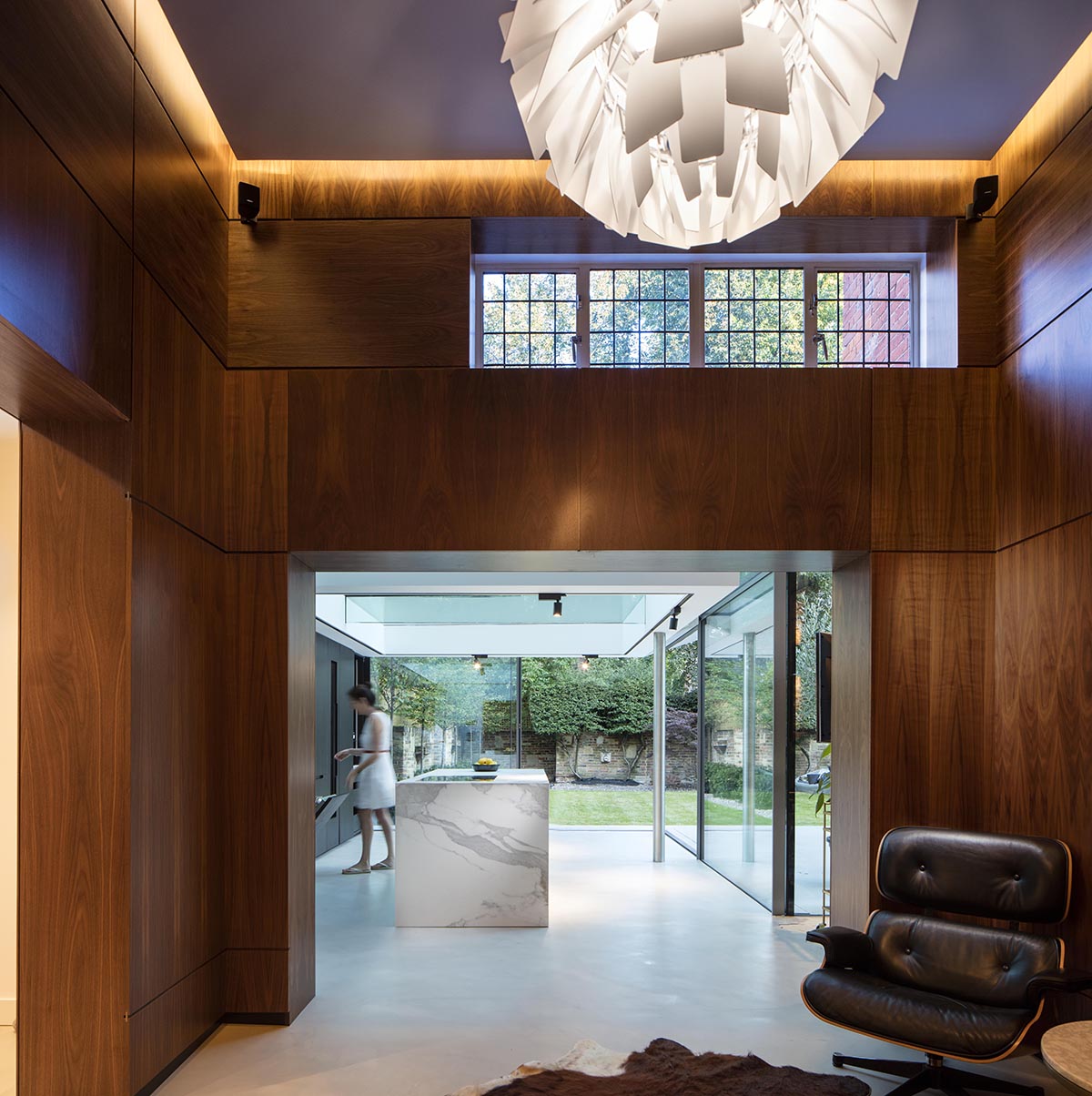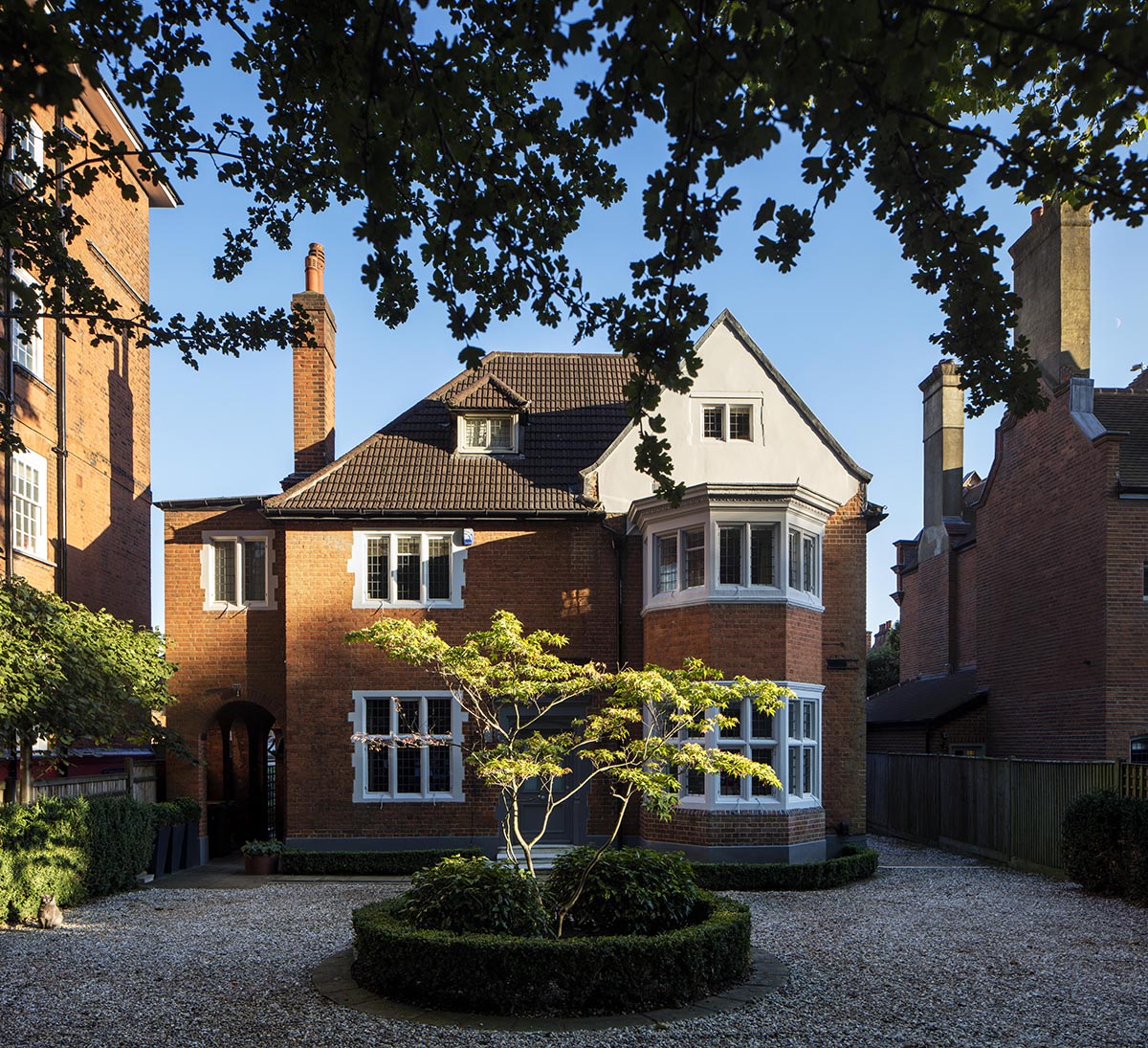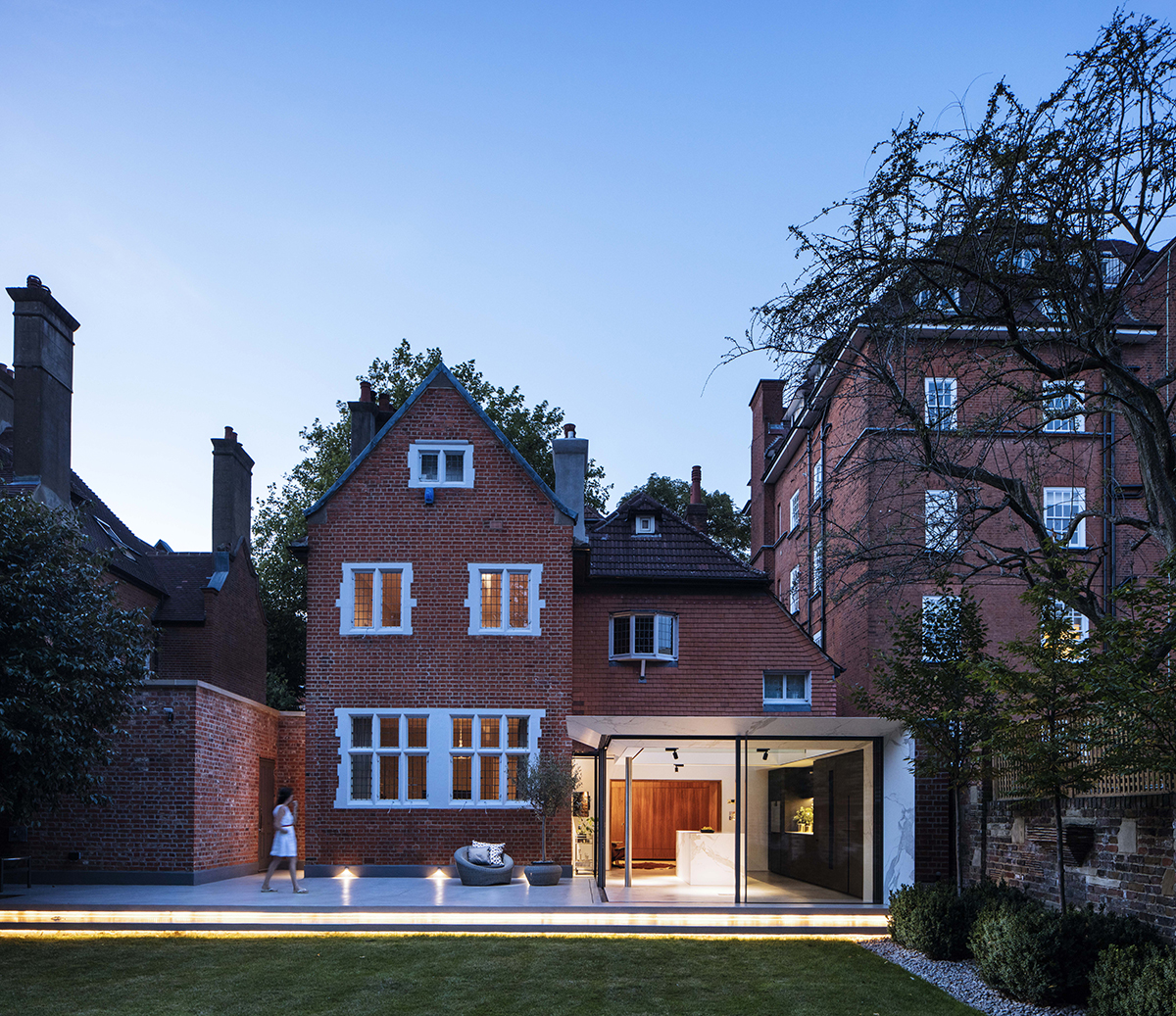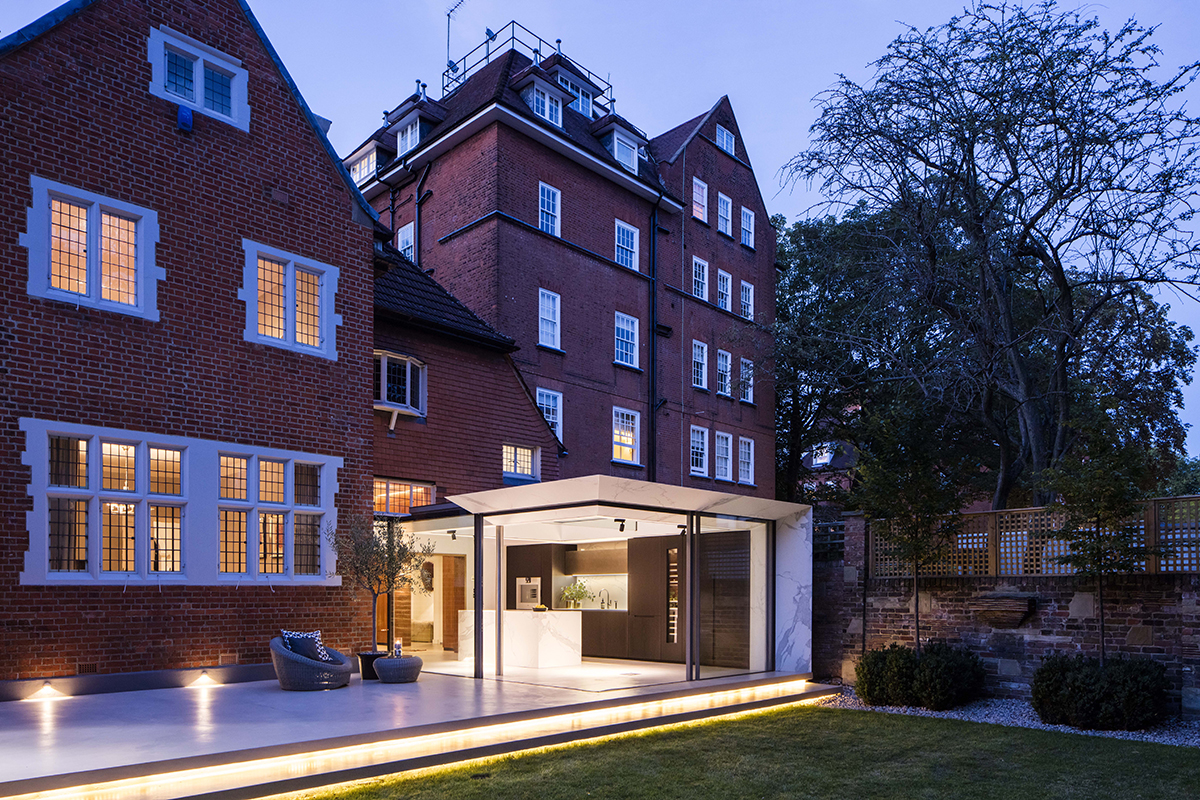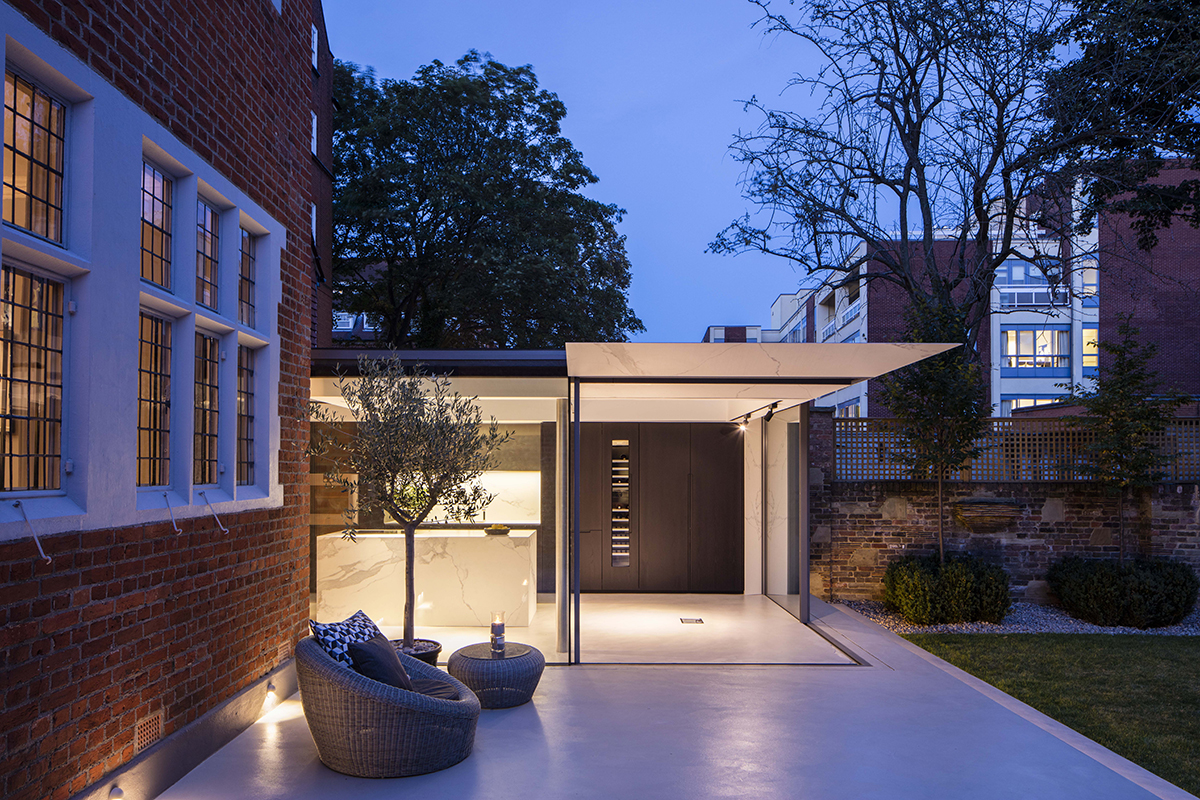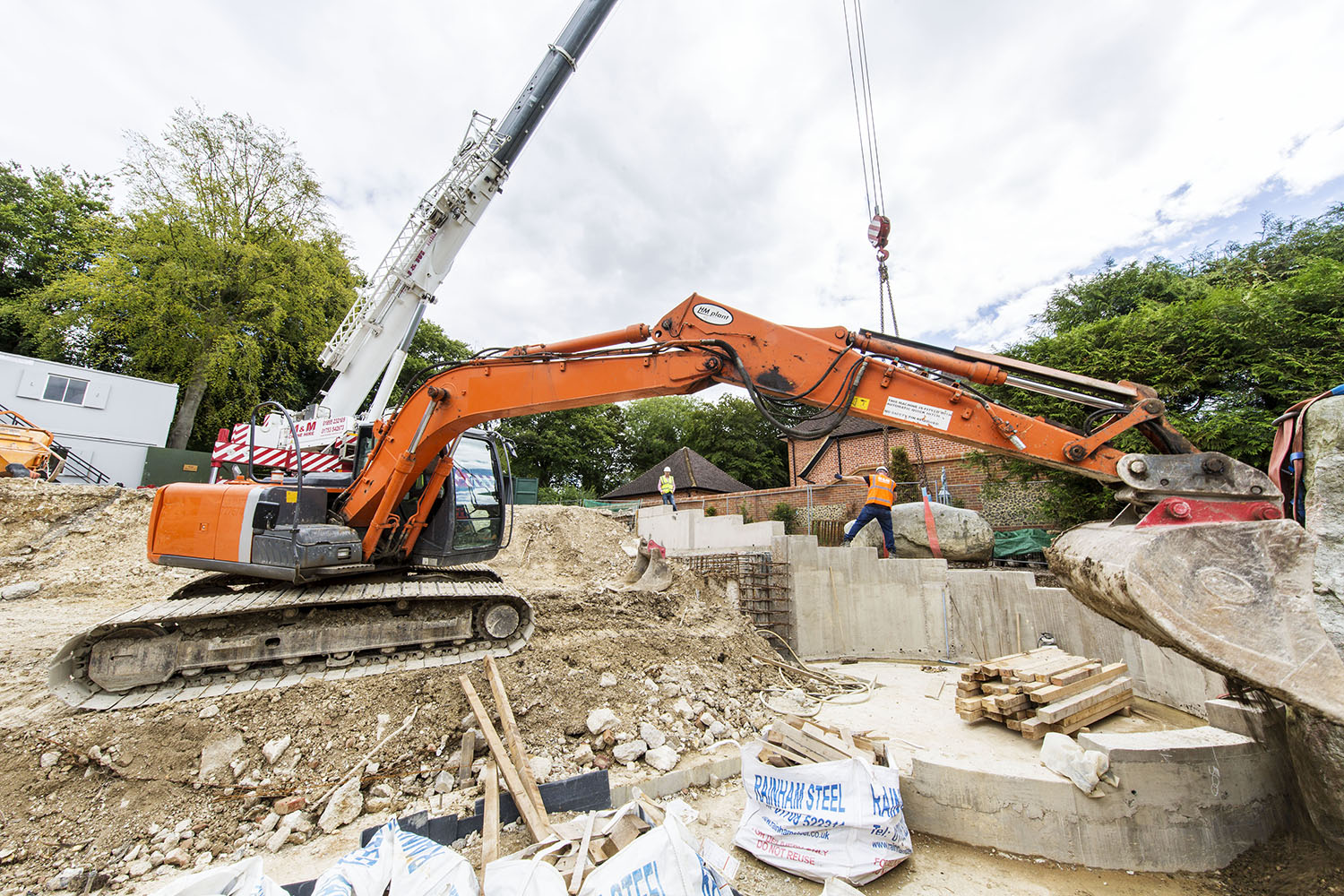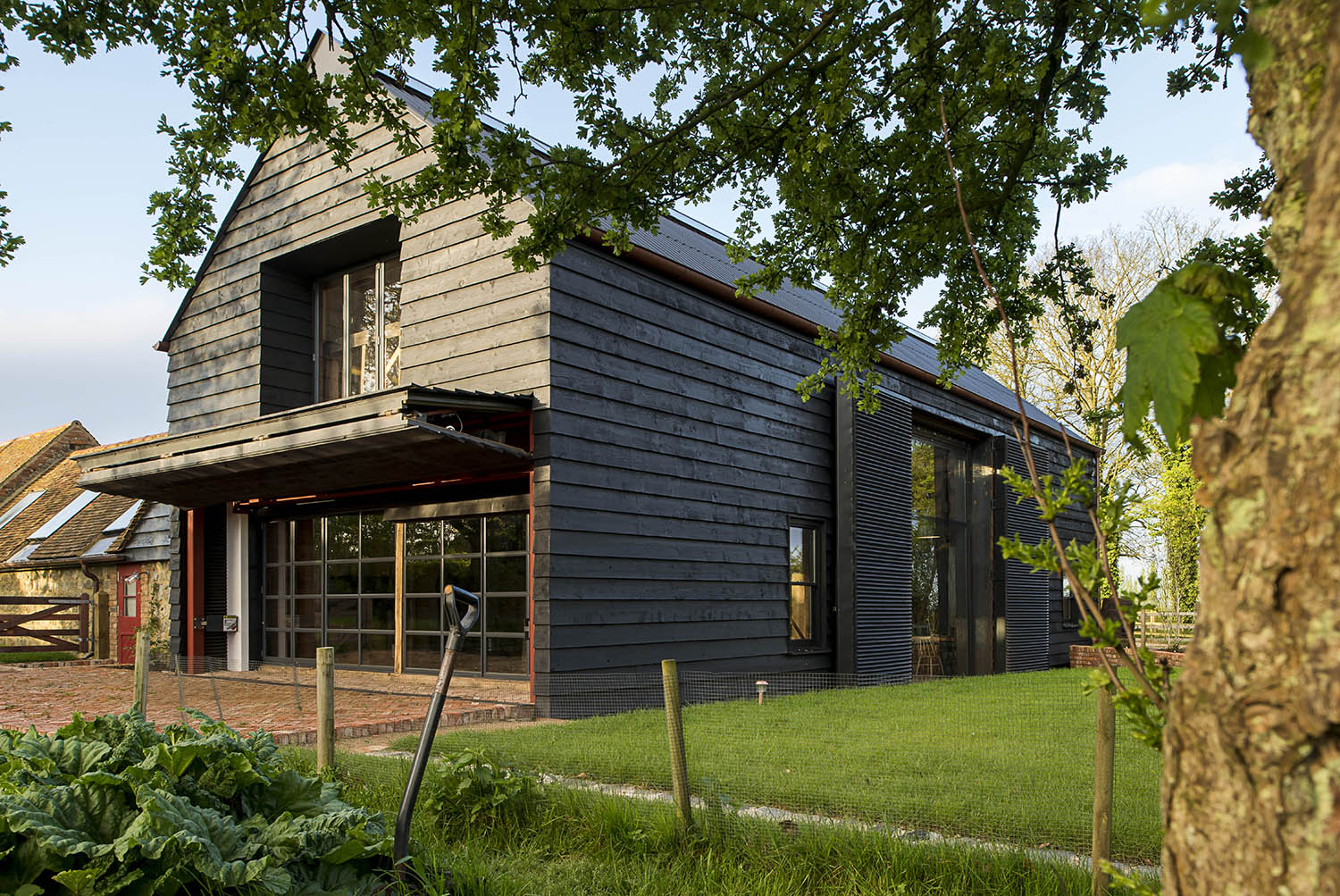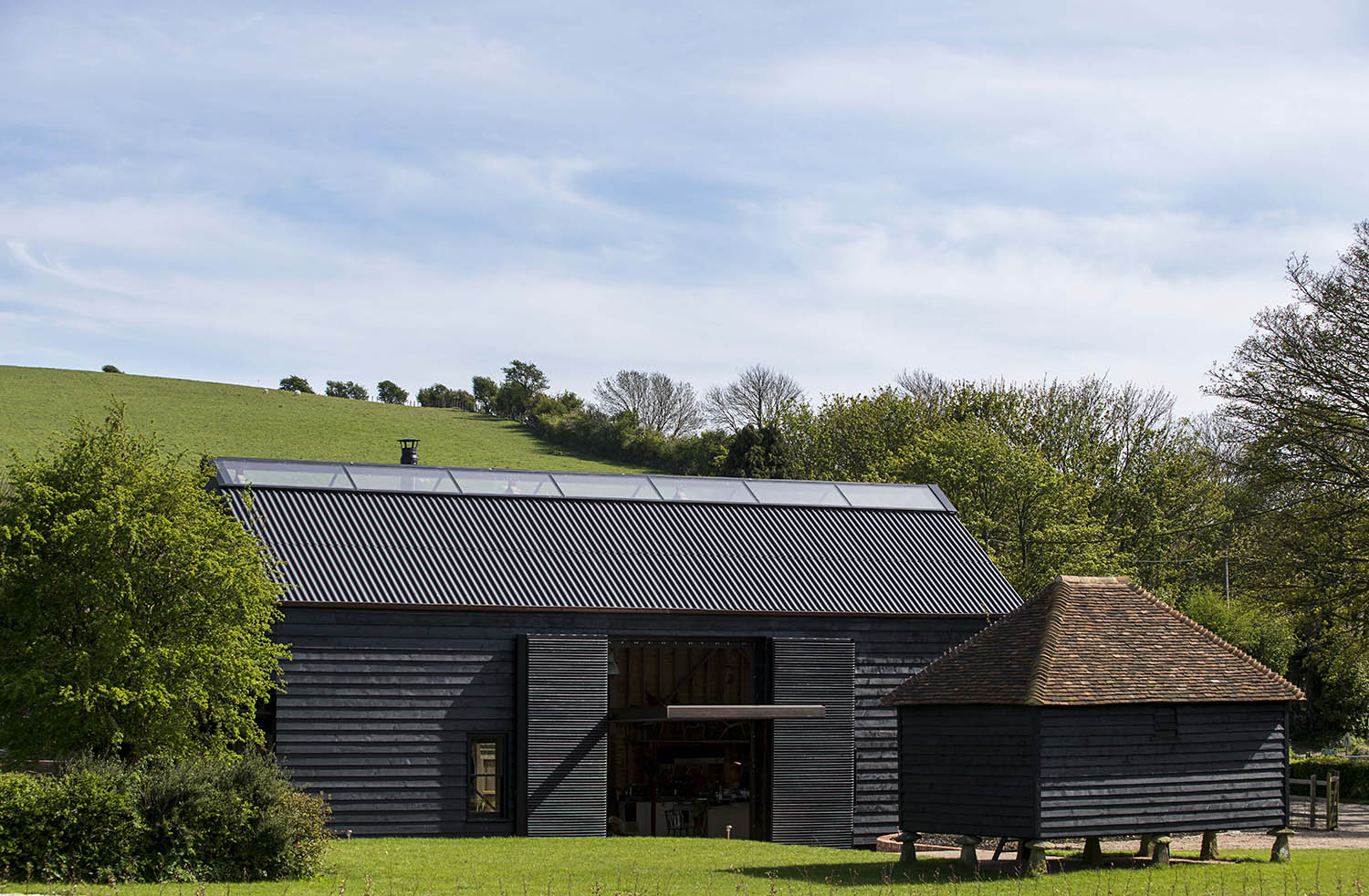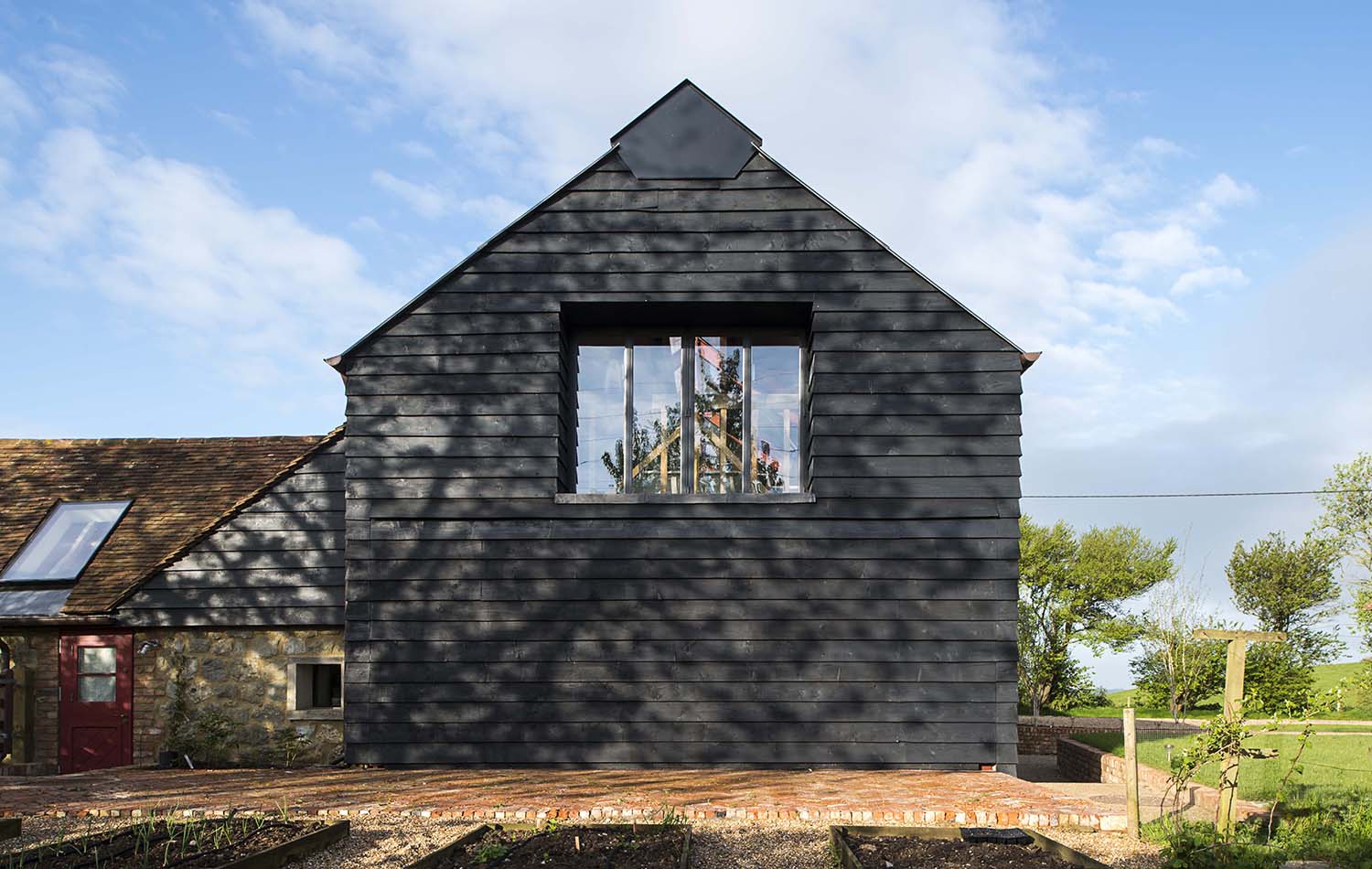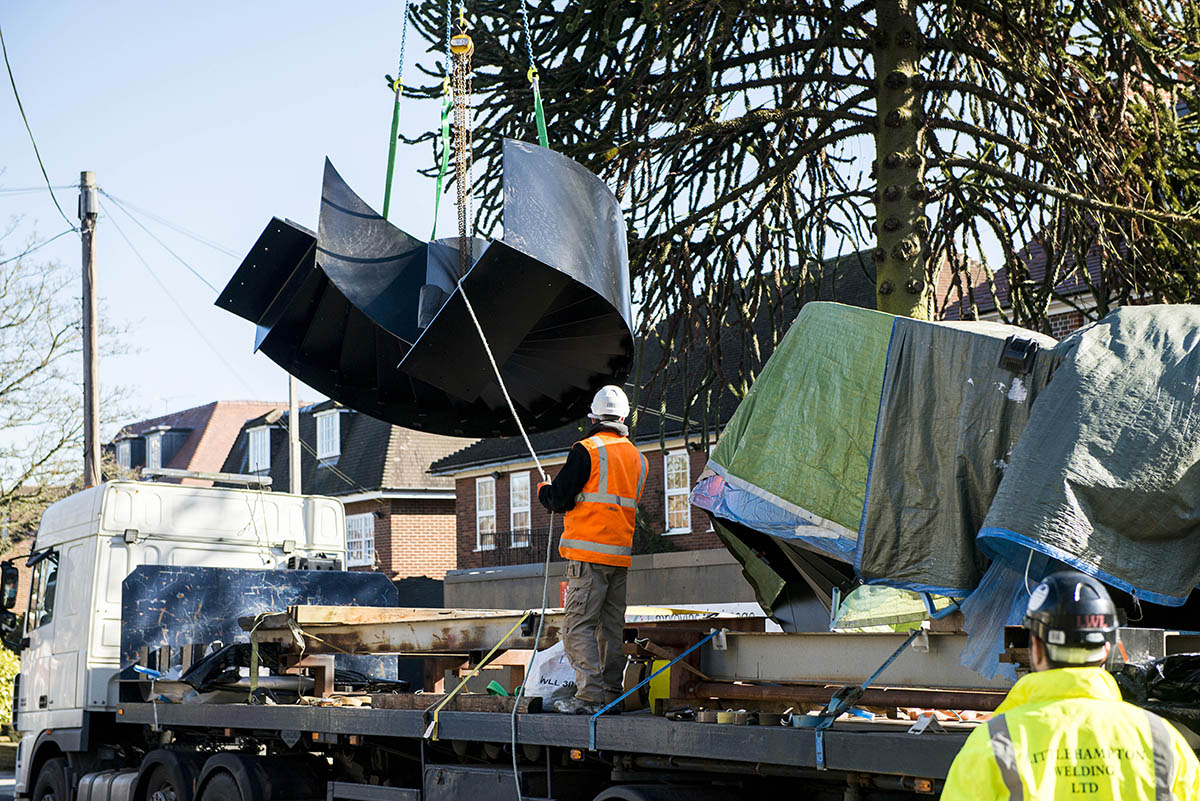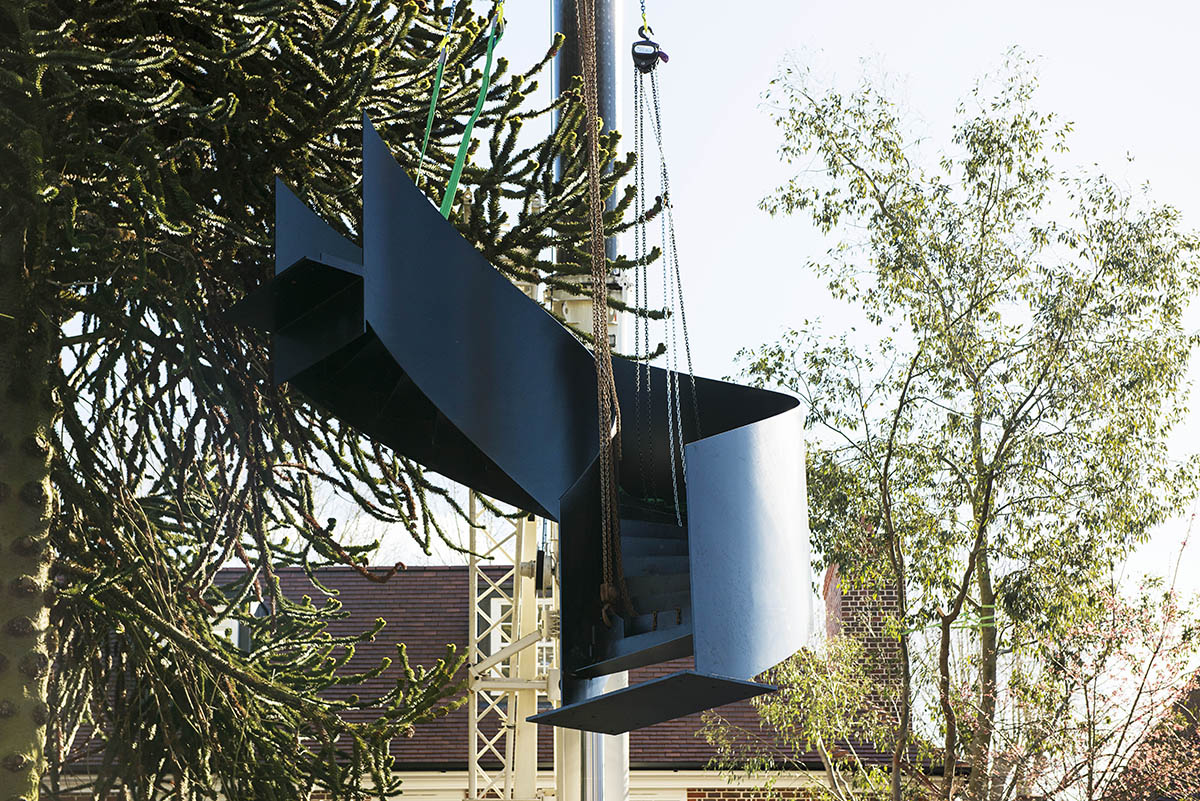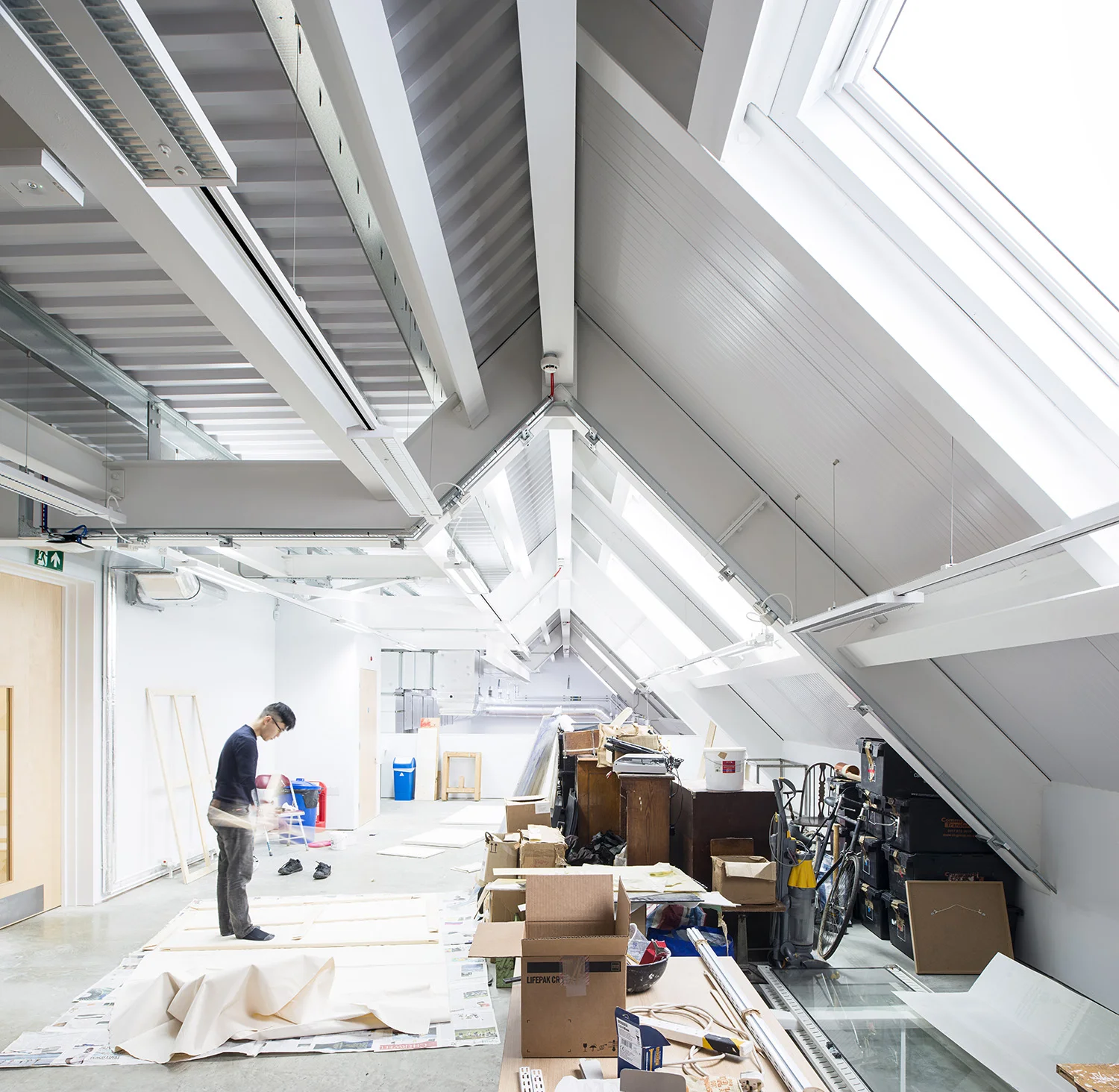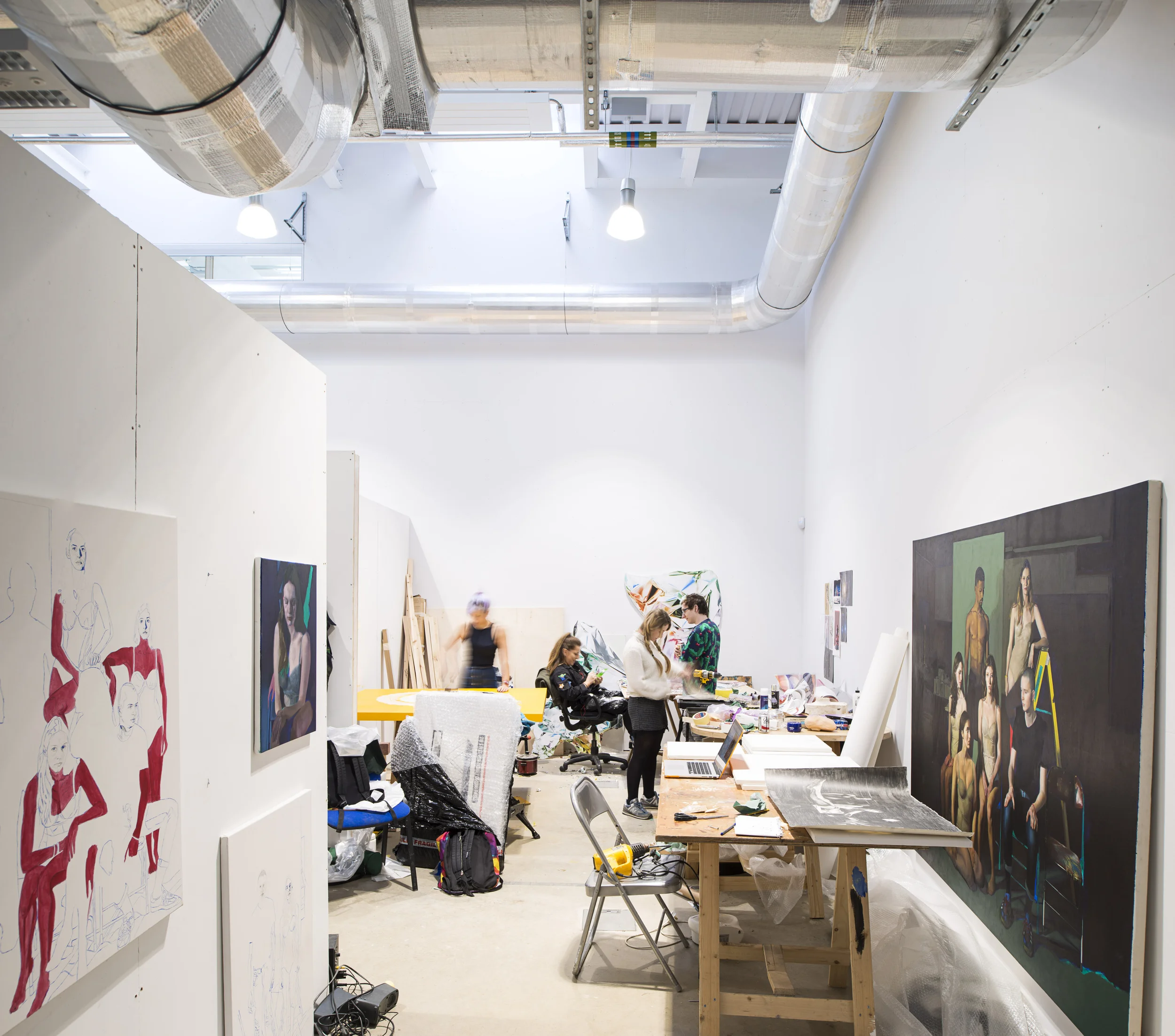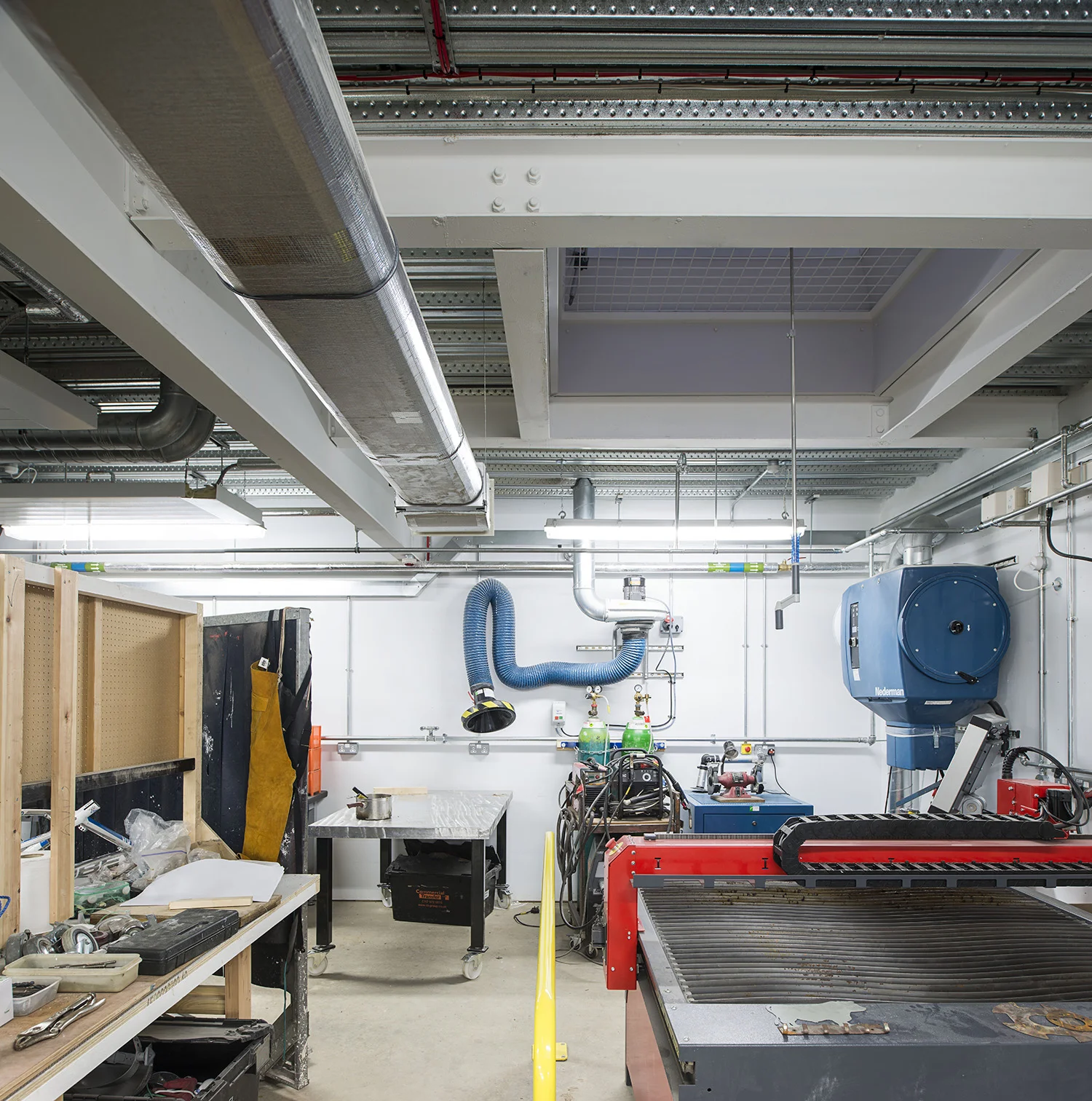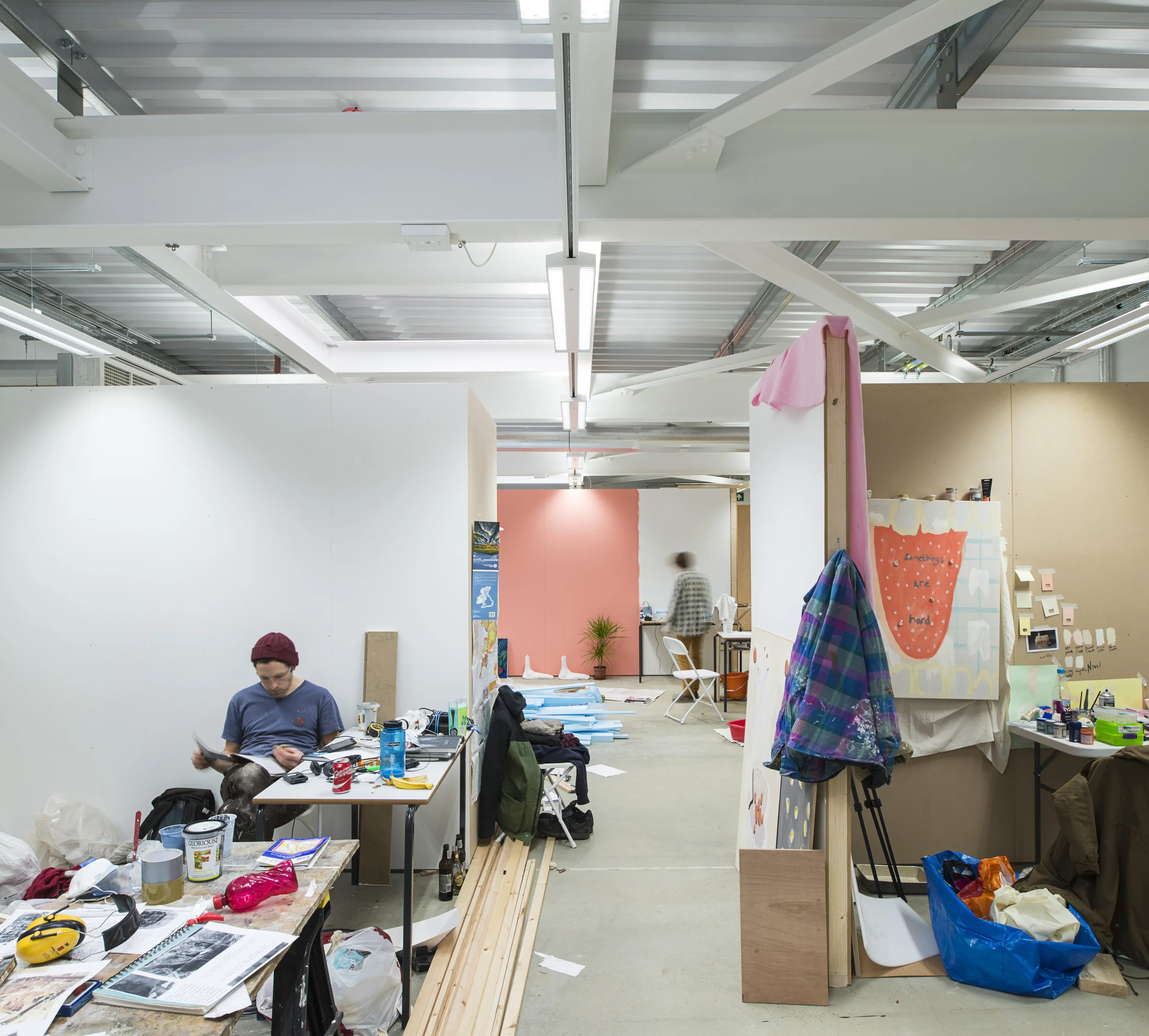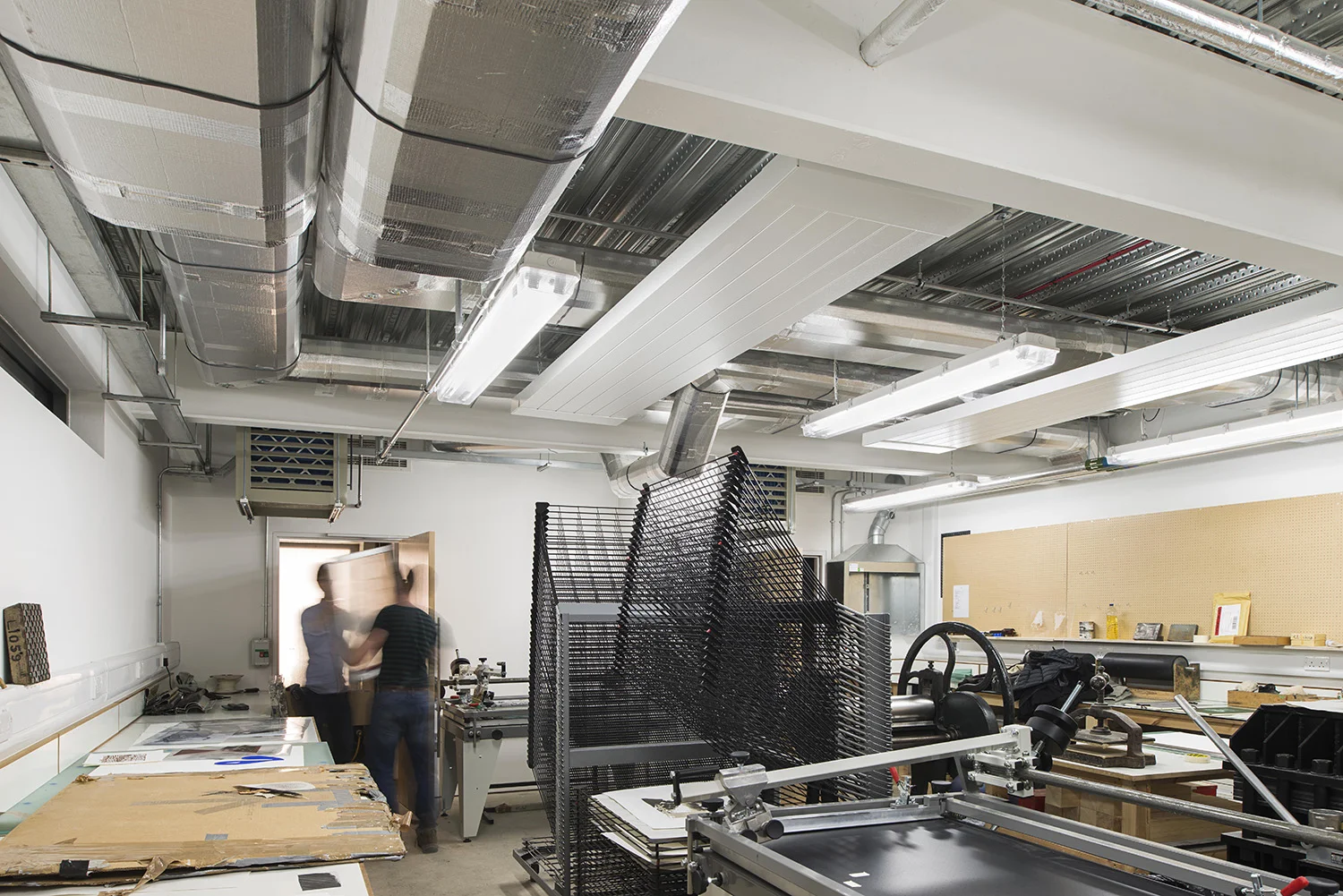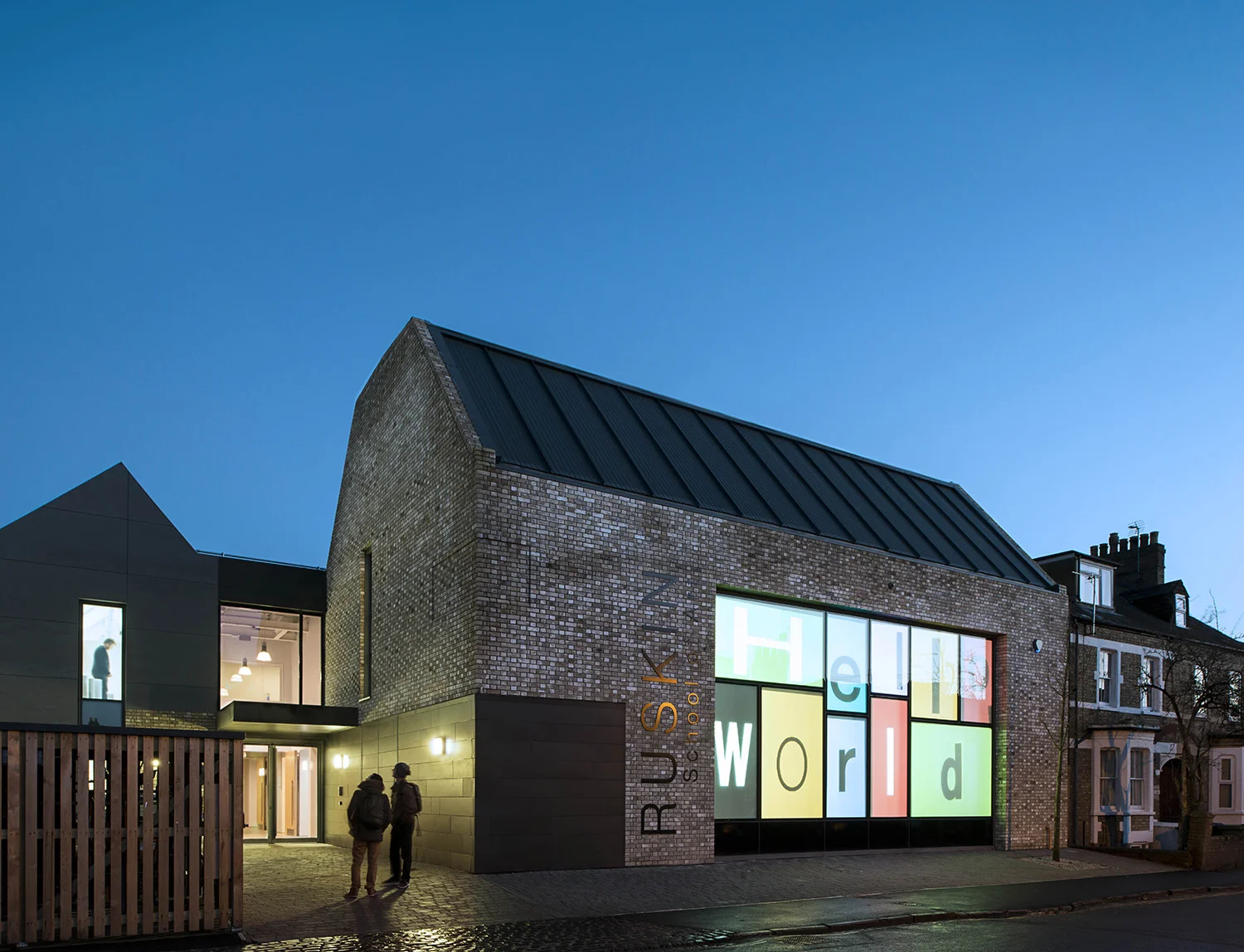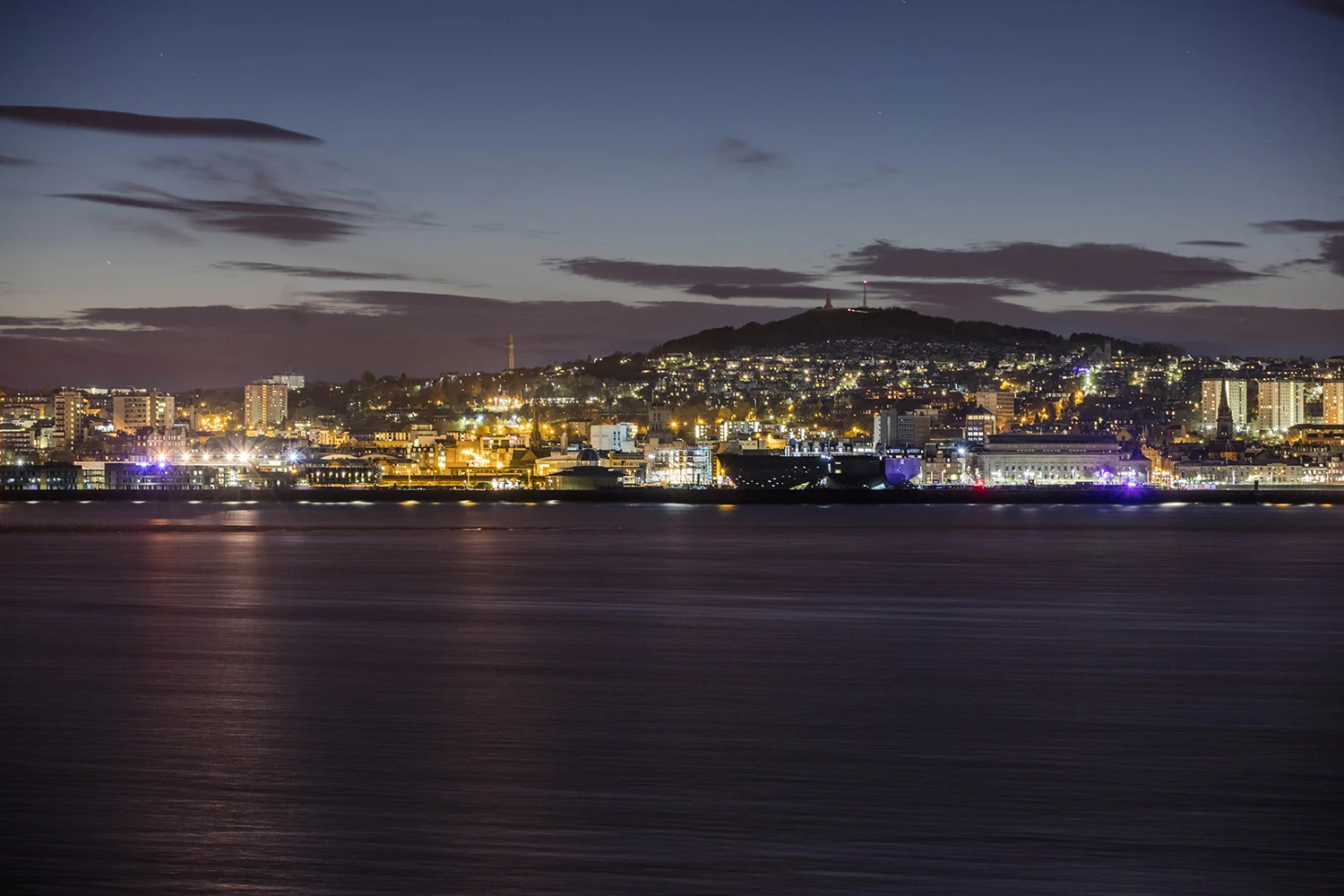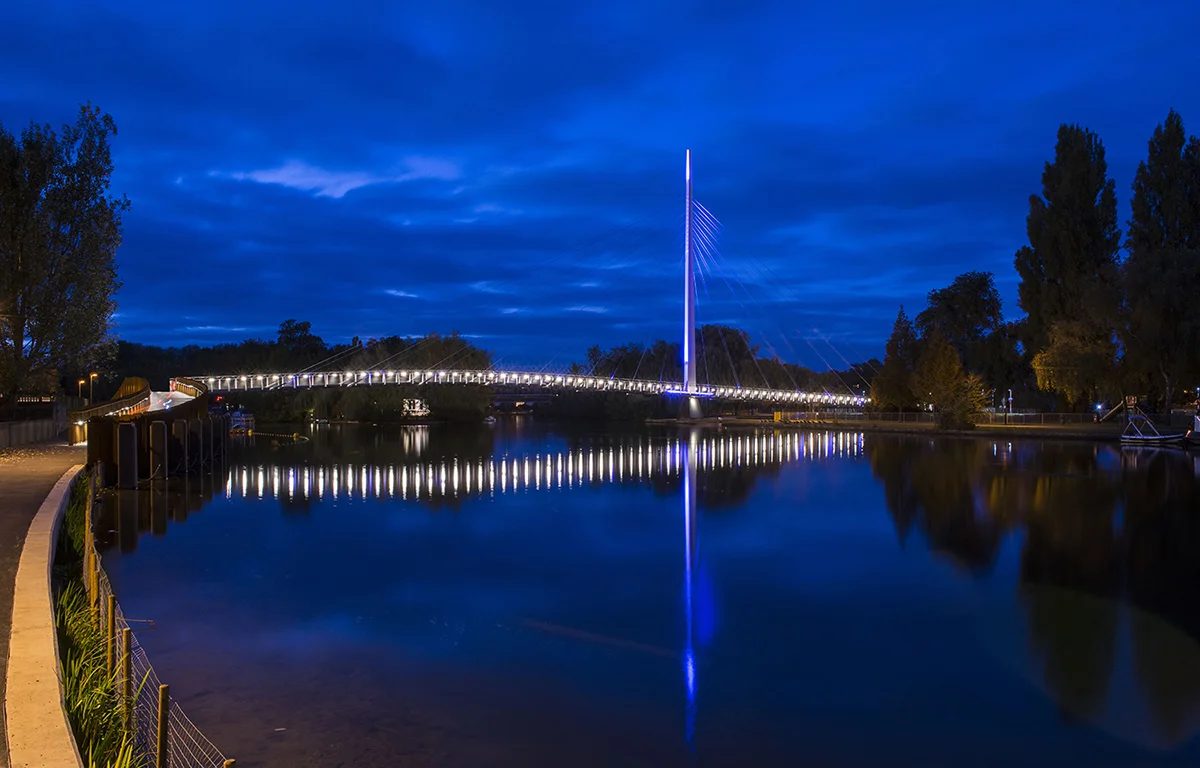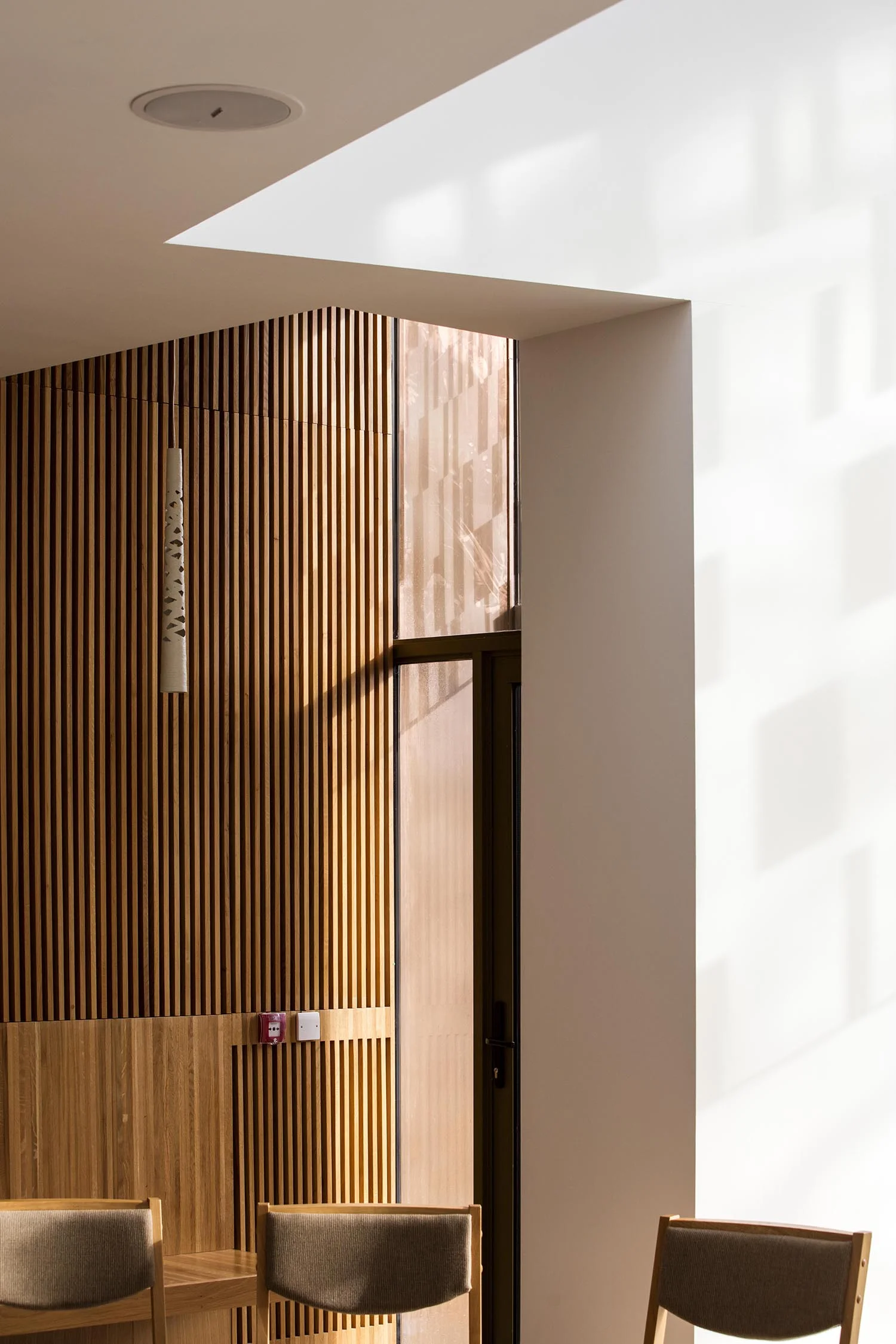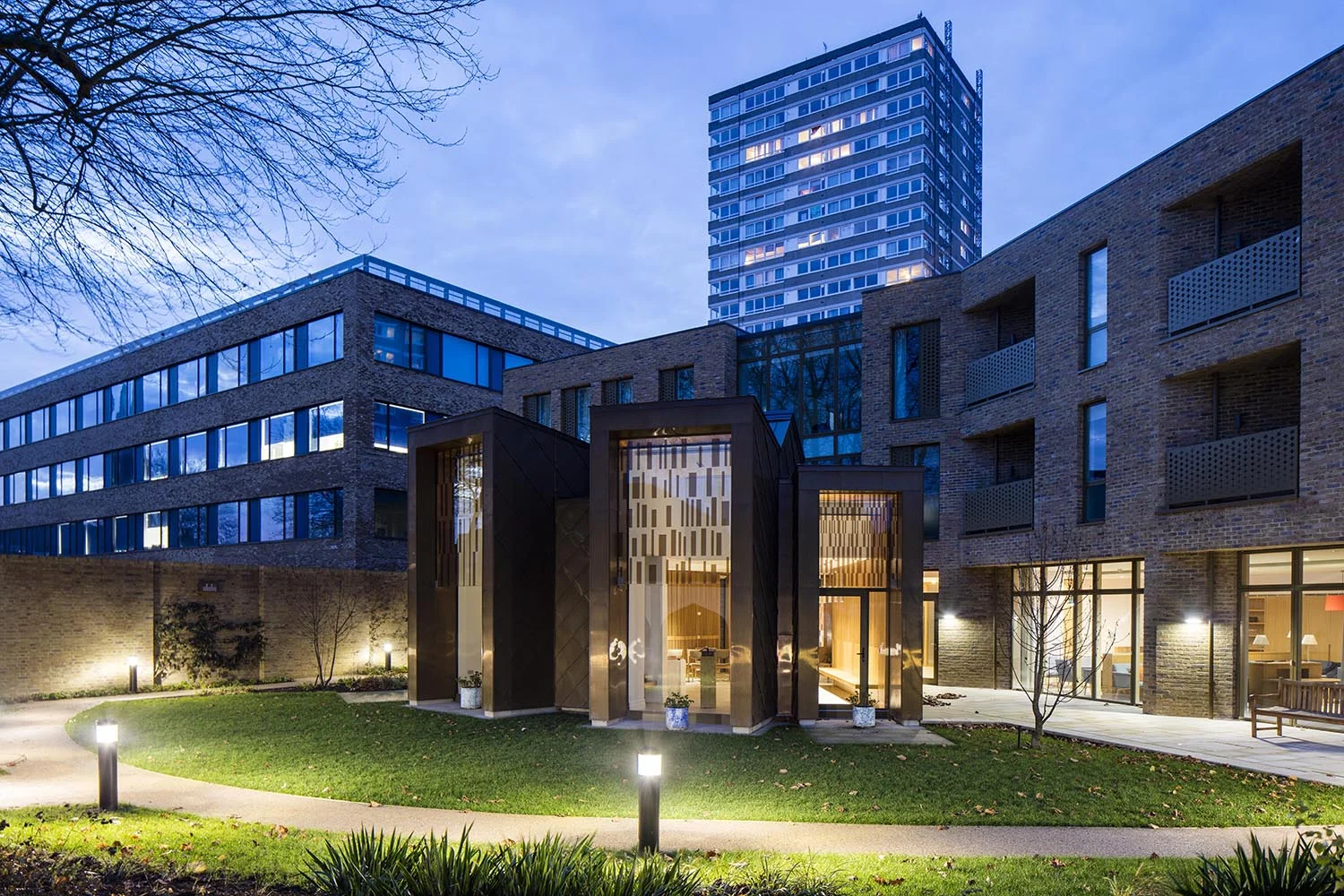A house previously stood on the site but was destroyed by bombing in WW2. Since then, the locality has been designated a Conservation Area and neighbouring buildings have acquired Rights to Light. Winning Planning Permission therefore involved delicate and protracted multilateral negotiation.
Despite the local sensitivities, the five-bedroom house is neither a resurrection of the pre-existing building, nor an aggregation of responses to different legislative requirements. Instead, the project seeks to reconcile a new London house type, subtly differentiated from its forbears. Conceived as a series of layers receding from the street, the house’s façades are variously lifted, punctured or fanned open to allow light to the interior.
The street façade - in overlaid planes of loadbearing Roman-format brick, render and Carrara Arabescato marble – refers to its classic neighbours’ proportions. The massive treatment of the front part of the house is dissolved along the flank façade, which is cranked outwards to gather light, tracing a fault line in the urban grain. The sheer, brickwork wall gives way to a screen of stone fins that conceal sheer glazing behind. This barrier affords privacy and filtered light to both the occupants and their neighbours.
Tall, bronze-framed windows interrupt these contrasting planes of striated, abrasive textures and sumptuous, textured stone. Fitted with either sheer glazing or solid bronze ventilation panels and backed by internal shutters, they reveal the depth of the construction.
Architecture by Liddicoat & Goldhill.

